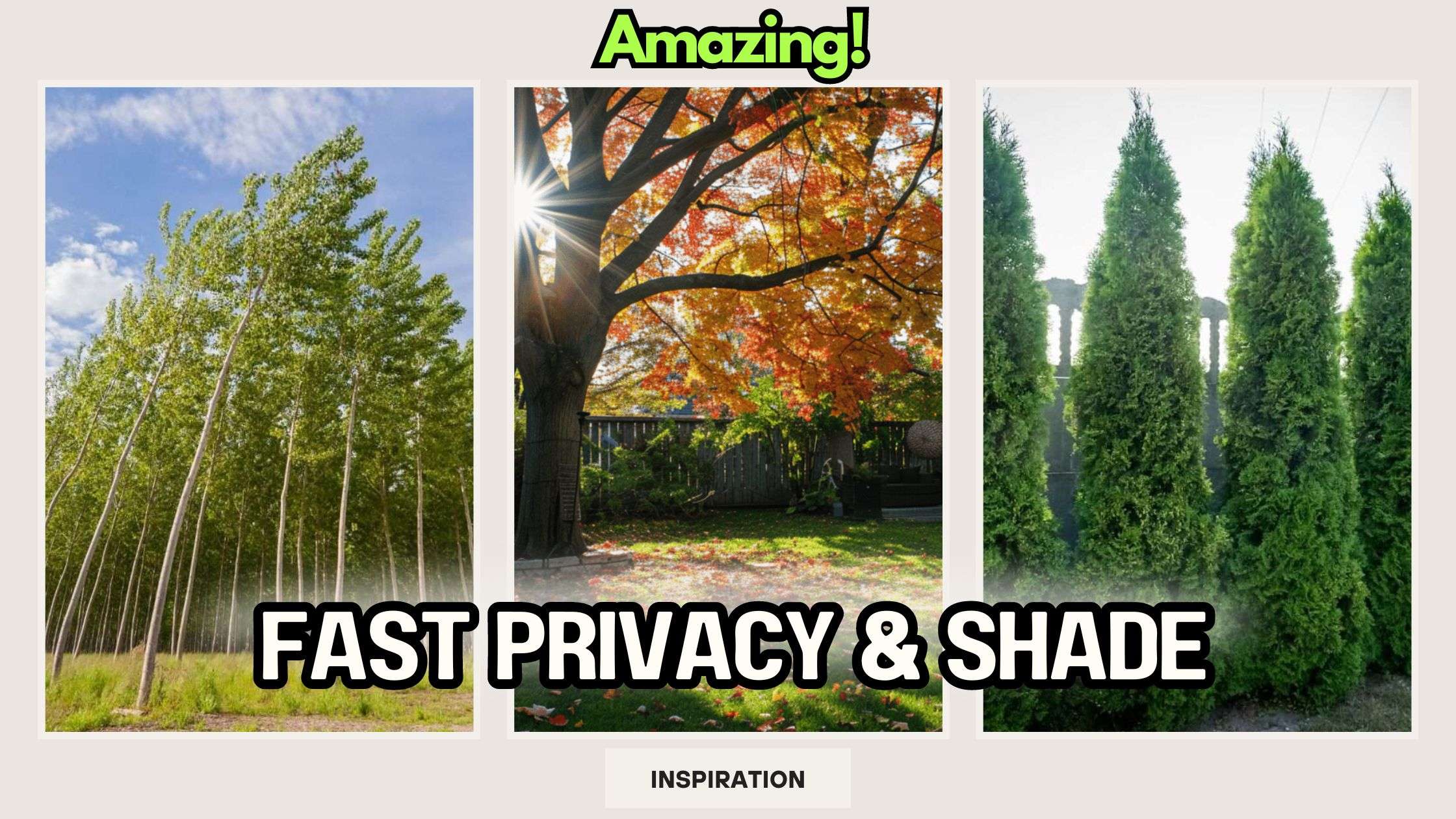Looking for a quick boost for your garden or landscape? Our guide on the best fast-growing trees offers beauty, shade, and privacy.
This hand-picked ranking will help you achieve the backyard of your dreams in no time.
✅ Shade, Fast but Beauty:🍃 trees offering cooling shade and stunning visual appeal.
✅ Annual Growth Rate:📈 find out how quickly each tree can enhance your space.
✅ Height/Spread: 📏 get the specifics on the mature size for perfect placement.
✅ Hardiness Zones:🌡️which trees thrive in your climate to ensure lasting growth.
1. The Versatile Red Maple Tree 🍁
The Red Maple tree stands out with its stunning fall colors and impressive growth speed.
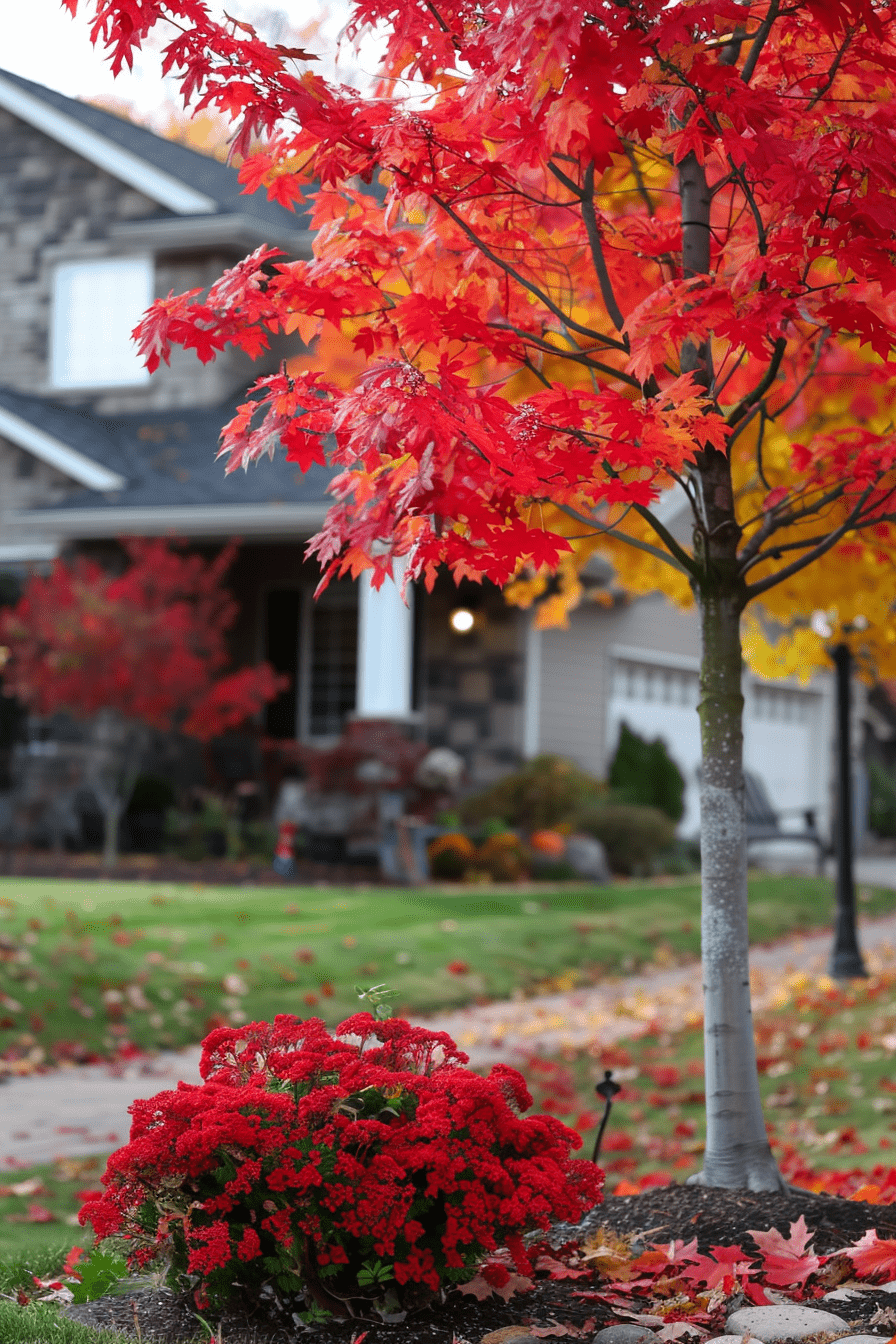
If you want to add a vibrant pop to your garden, it’s perfect— growing up to an impressive 2 feet each year!
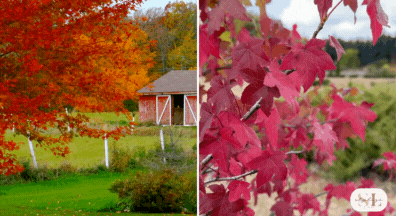
Red Maples are incredibly adaptable, thriving in different soil types. They are one of the best choices for quick shade and aesthetic beauty.
You’ll be rewarded with a beautiful, mature canopy before you know it.
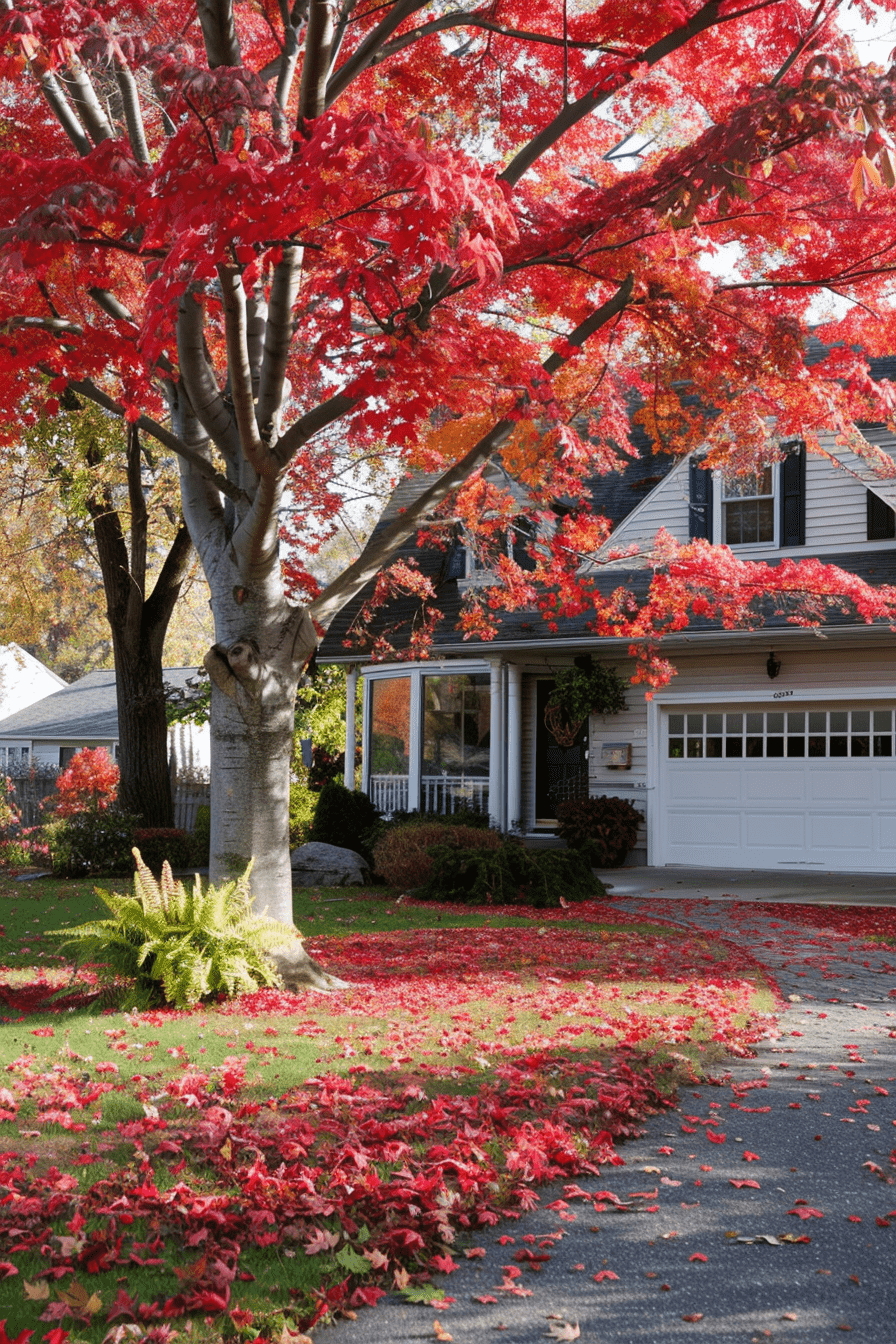
- Annual Growth Rate: Up to 2 feet per year
- Mature Height/Spread: 40-70 feet tall, 30-50 feet wide
- Soil: Adaptable to various types
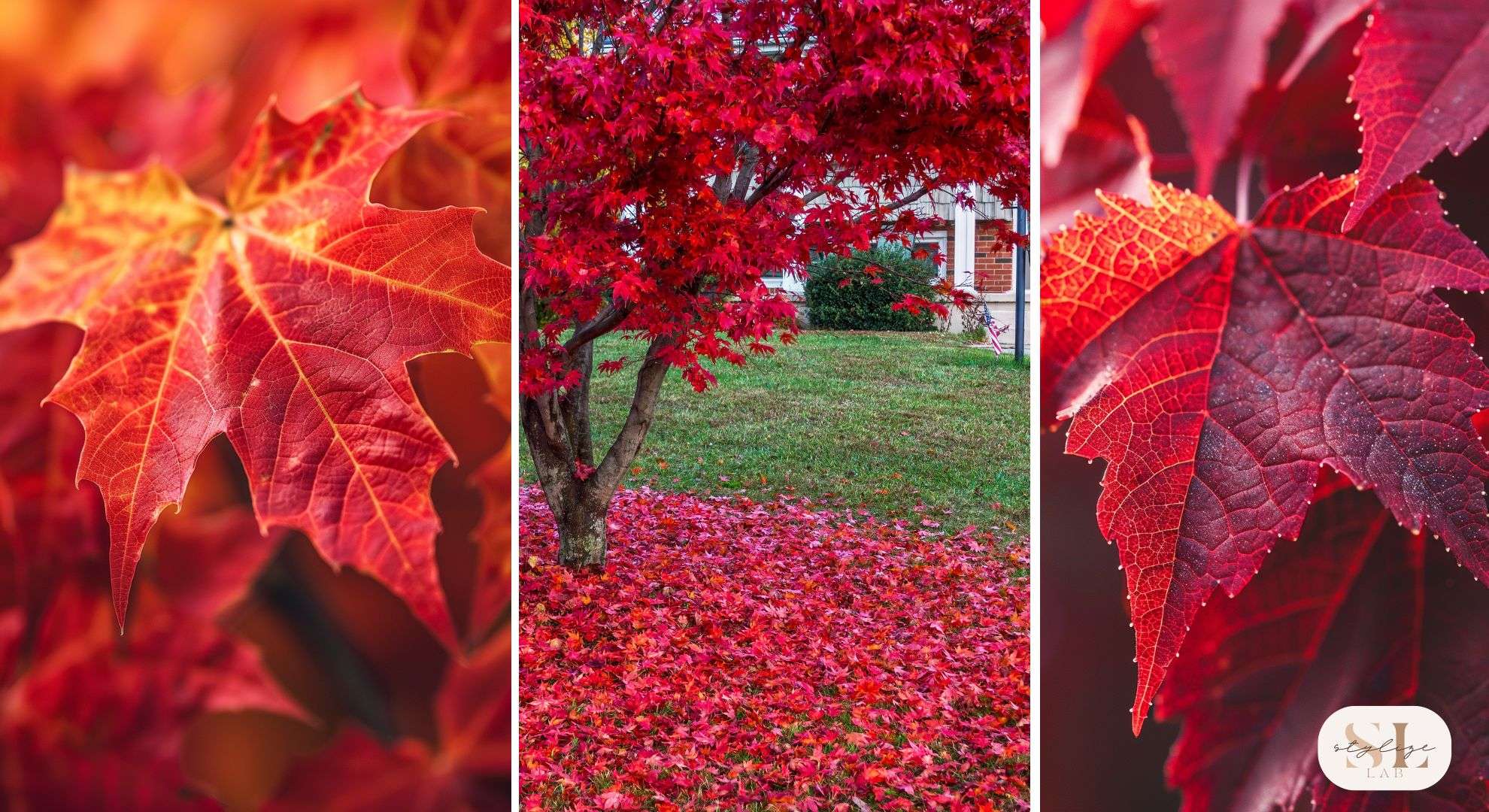
- Water/Sun: Moderate; full sun to partial shade
- Hardiness Zones: 3-9
- Uses: Shade, ornamental
2. Leyland Cypress – The Ultimate Privacy Tree 🌲
Looking to create a private oasis in your backyard? Put Leyland Cypress at the top of your list. This evergreen marvel boasts dense foliage and exceptional growth speed, making it ideal for privacy screens.
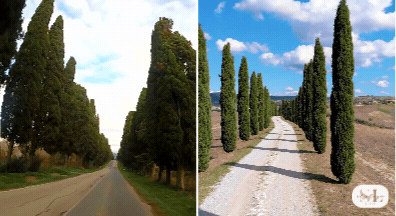
Under the right conditions, Leyland Cypress can shoot up 3-4 feet annually, rapidly forming a thick, green shield that keeps unwanted eyes and strong winds at bay. 🛡️👀
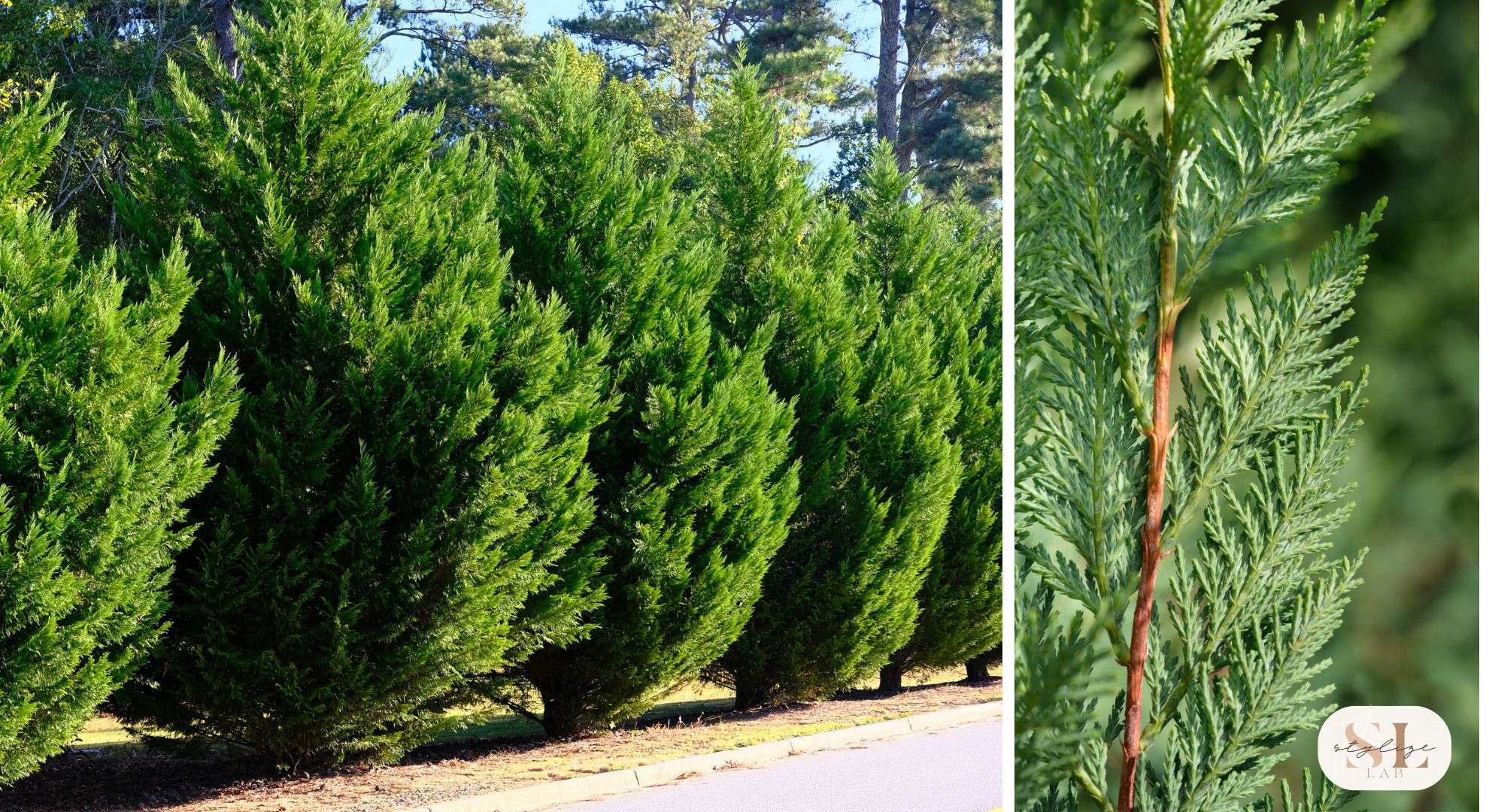
- Annual Growth Rate: 3-4 feet per year
- Mature Height/Spread: 60-70 feet tall, 15-25 feet wide
- Soil: Well-draining, slightly acidic
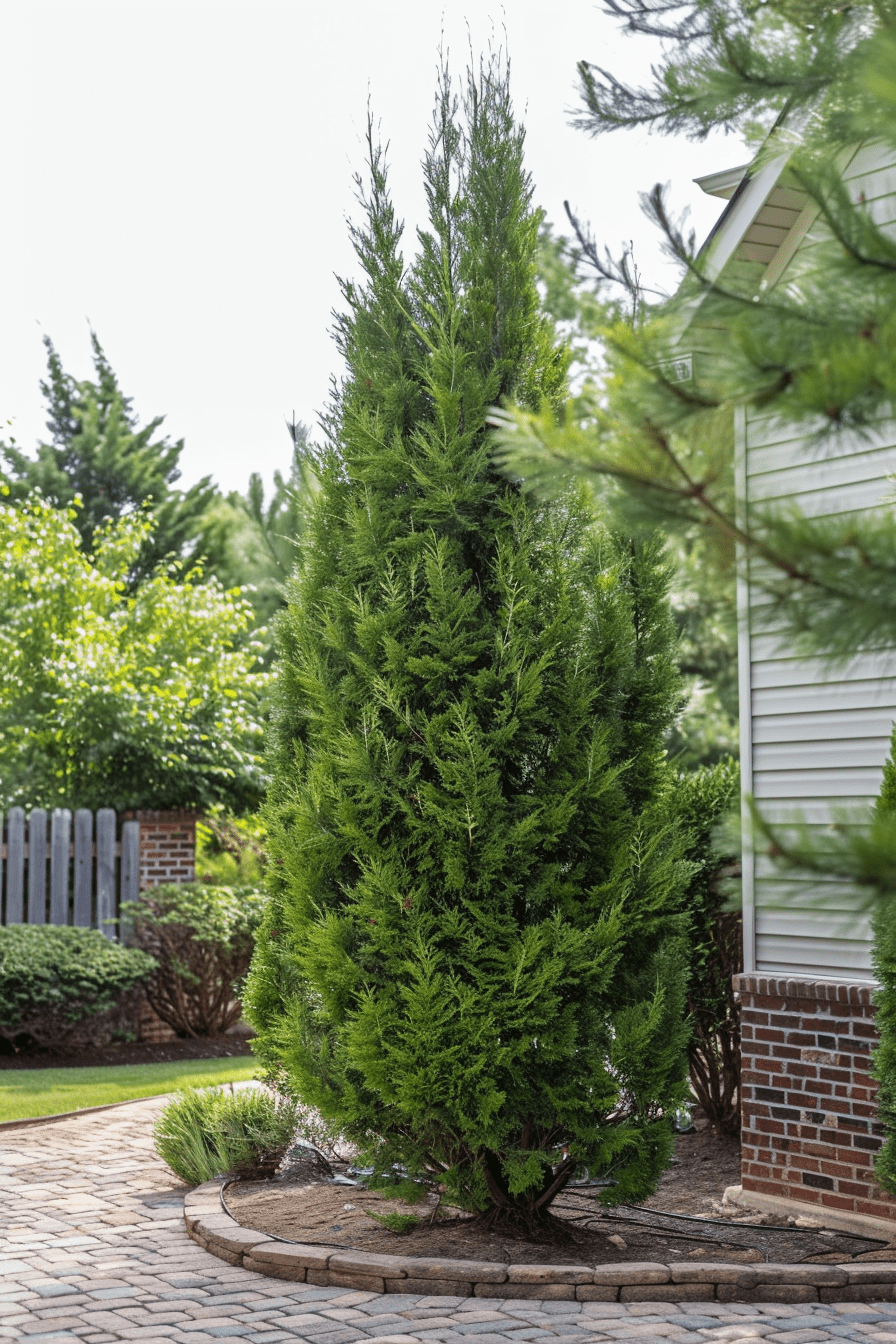
- Water/Sun: Moderate; full sun
- Hardiness Zones: 6-10
- Uses: Privacy screens, windbreaks
3. Hybrid Poplar – A Champion Fast Grower 🌳
This tree is a top contender, sprouting up to an incredible 5-8 feet each year. In no time, you’ll have a substantial canopy perfect for those scorching summer days when you crave cooling comfort.
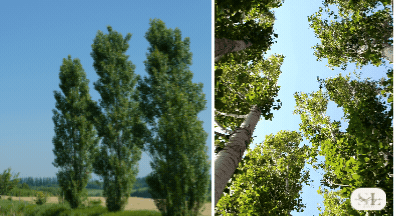
Hybrid Poplar isn’t just amazing for shade—it’s also a smart pick for natural windbreaks.
- Annual Growth Rate: 5-8 feet per year
- Mature Height/Spread: 40-50 feet tall, 30-40 feet wide
- Soil: Well-draining, loamy
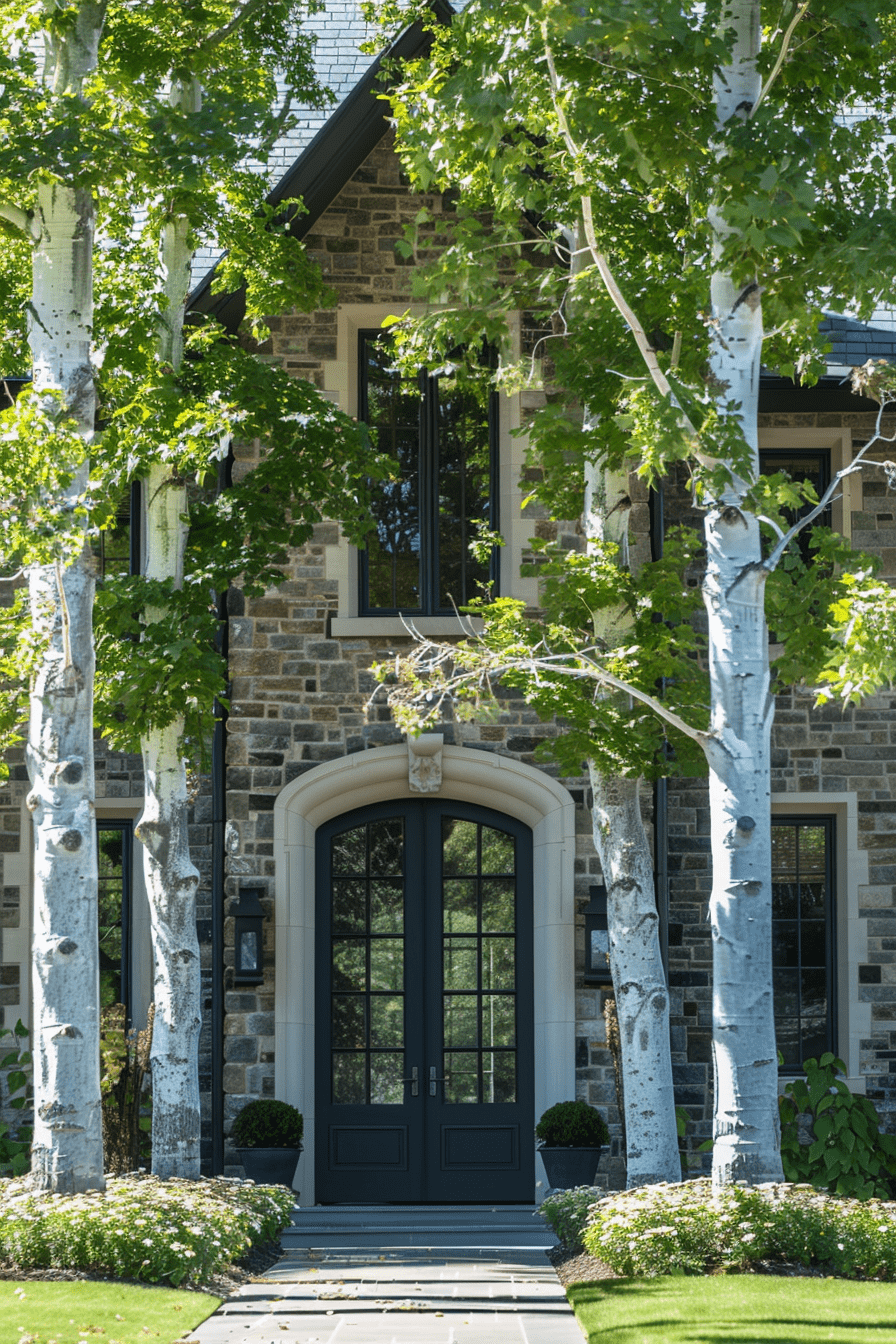
- Water/Sun: High; full sun
- Hardiness Zones: 3-9
- Uses: Shade, windbreaks
4. Weeping Willow – A Graceful Addition 🌿
Weeping Willow trees are like the elegant dancers of the garden world, quickly transforming any space with their grace. They shoot up at an astounding rate of 8-10 feet each year, crafting a stunning and timeless silhouette.
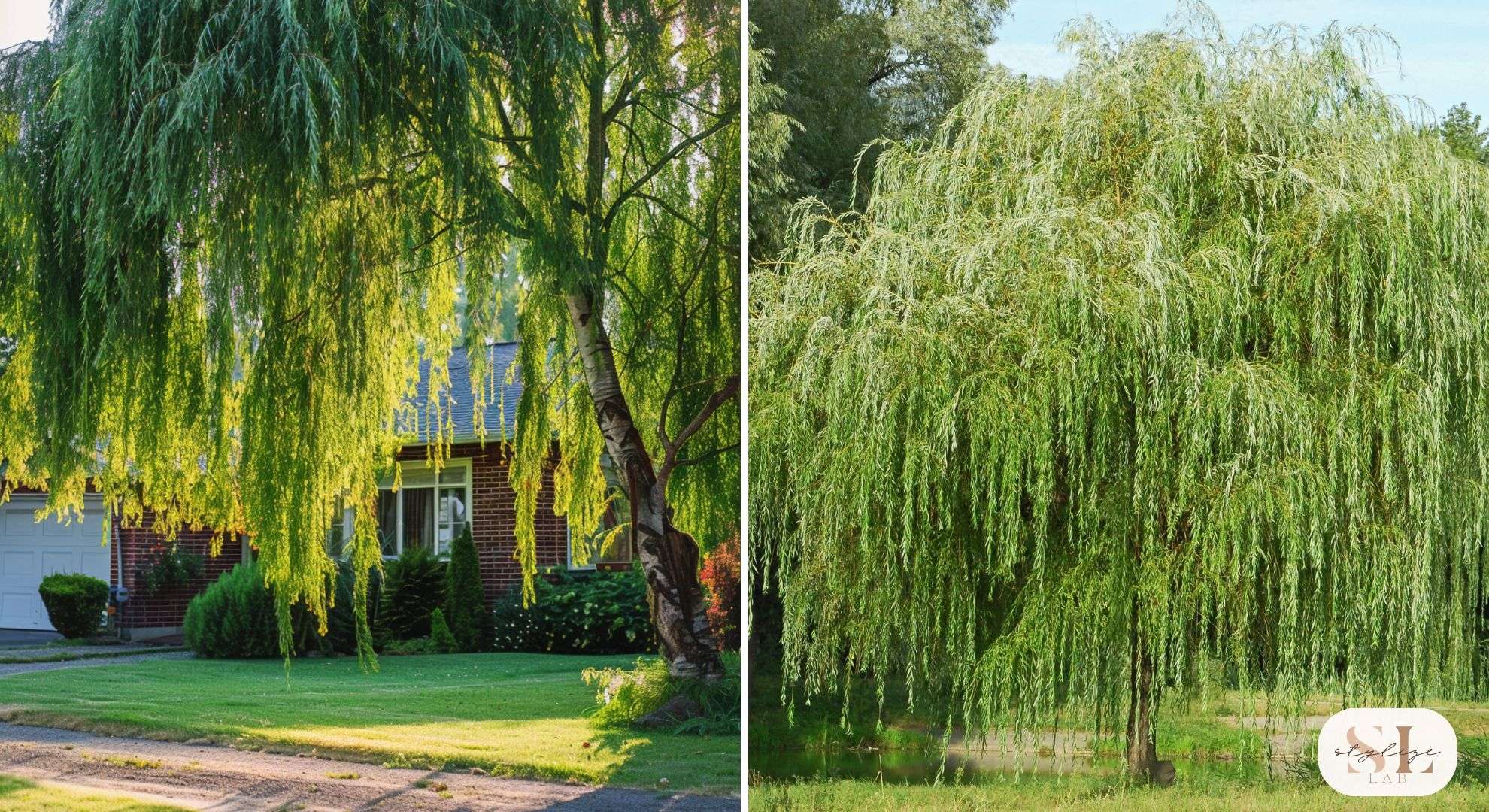
Their expansive, drooping branches offer delightful shade and are a perfect match for ponds or streams, giving your garden a peaceful vibe.
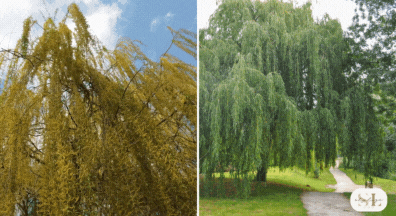
- Annual Growth Rate: 8-10 feet per year
- Mature Height/Spread: 30-50 feet tall, 30-40 feet wide
- Soil: Moist, well-drained
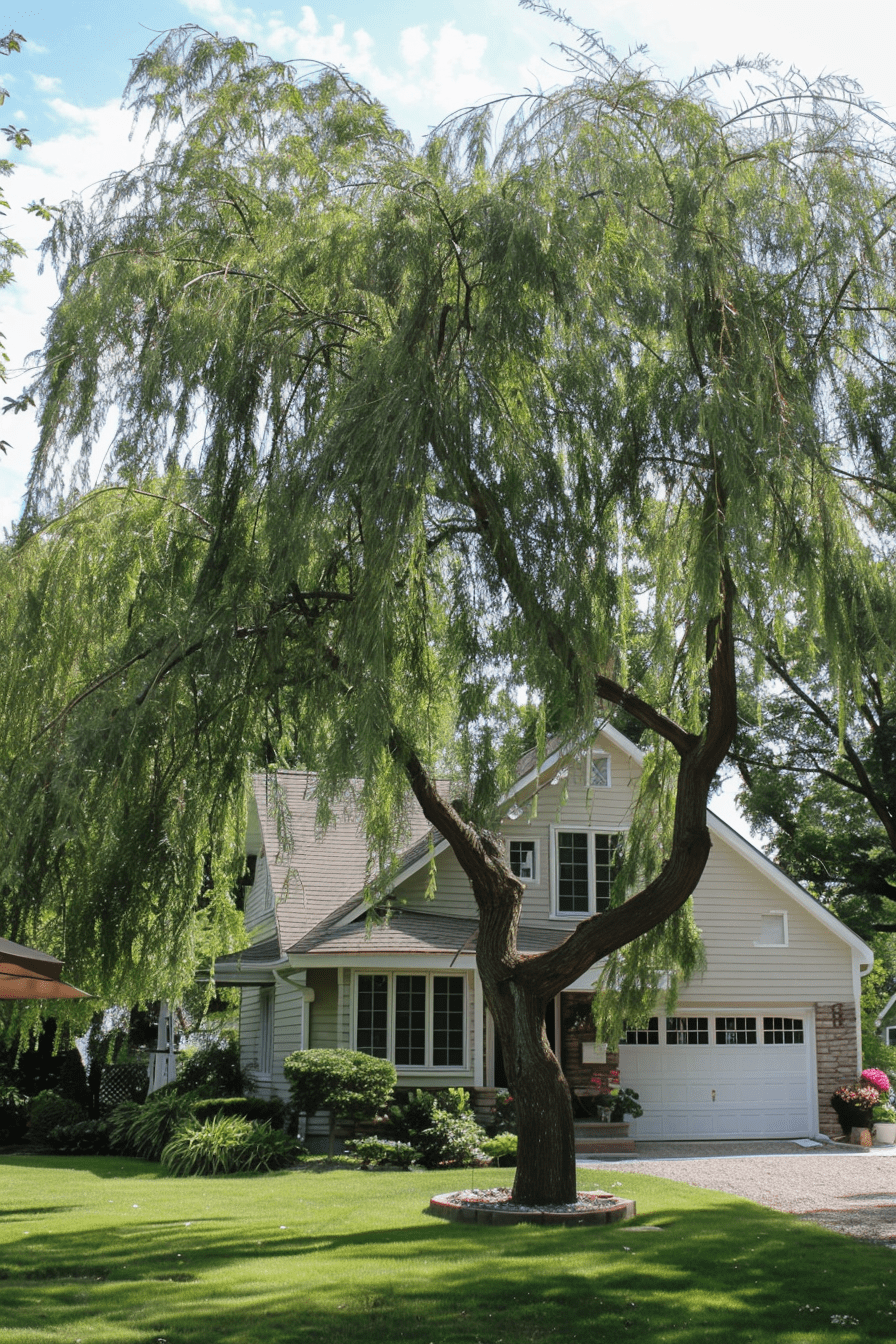
- Water/Sun: High; full sun to partial shade
- Hardiness Zones: 4-9
- Uses: Shade, ornamental
5. Silver Maple – A Fast-Growing Classic 🍂
Silver Maples stand out for their remarkable growth pace and stunning leaves. These trees add about 3-5 feet annually, making them perfect for creating shade quickly.
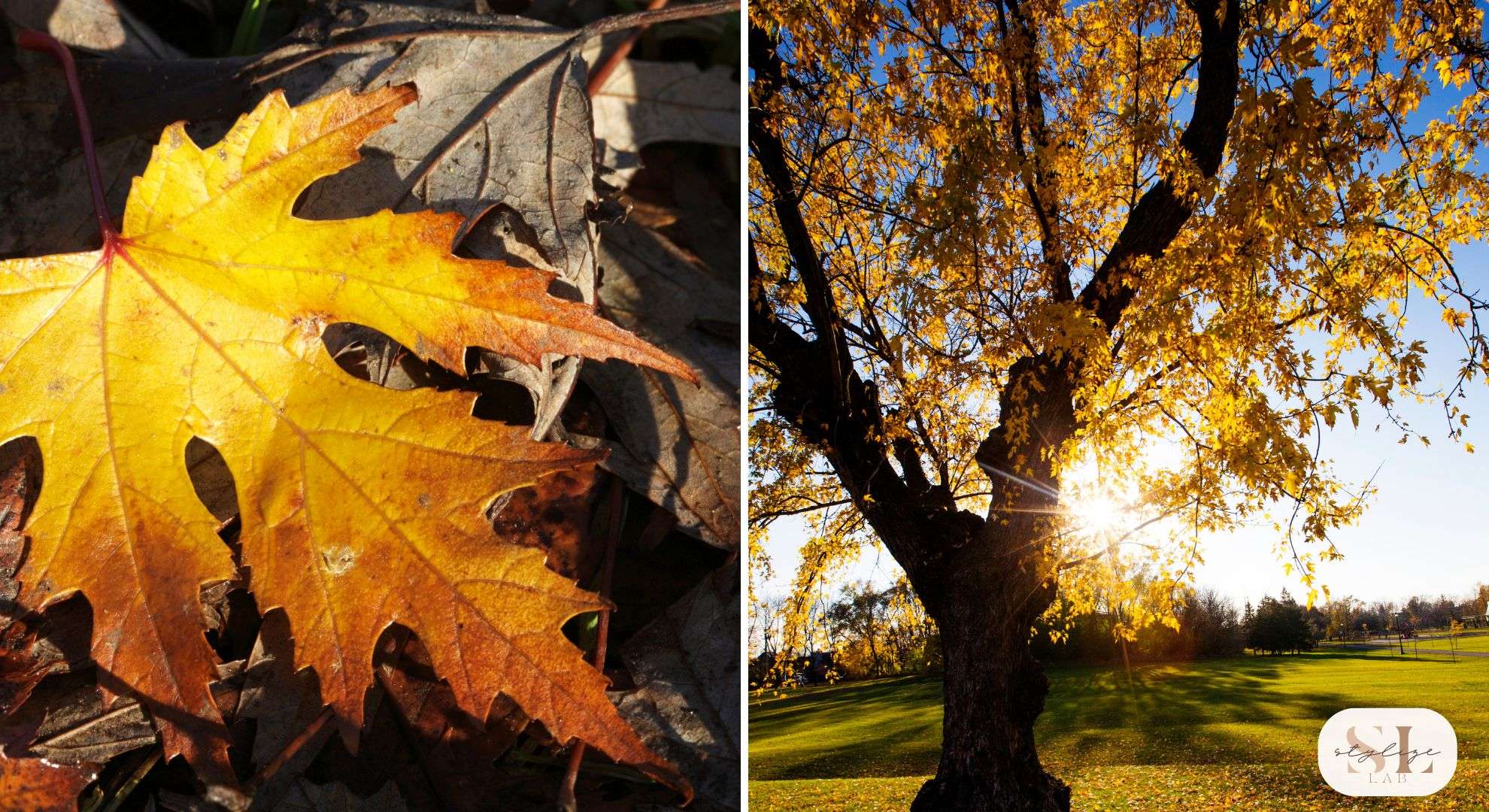
They thrive in many soil types, and their unique silver-tinged foliage can significantly enhance your yard’s visual charm.
- Annual Growth Rate: 3-5 feet per year
- Mature Height/Spread: 50-70 feet tall, 30-50 feet wide
- Soil: Tolerates various conditions
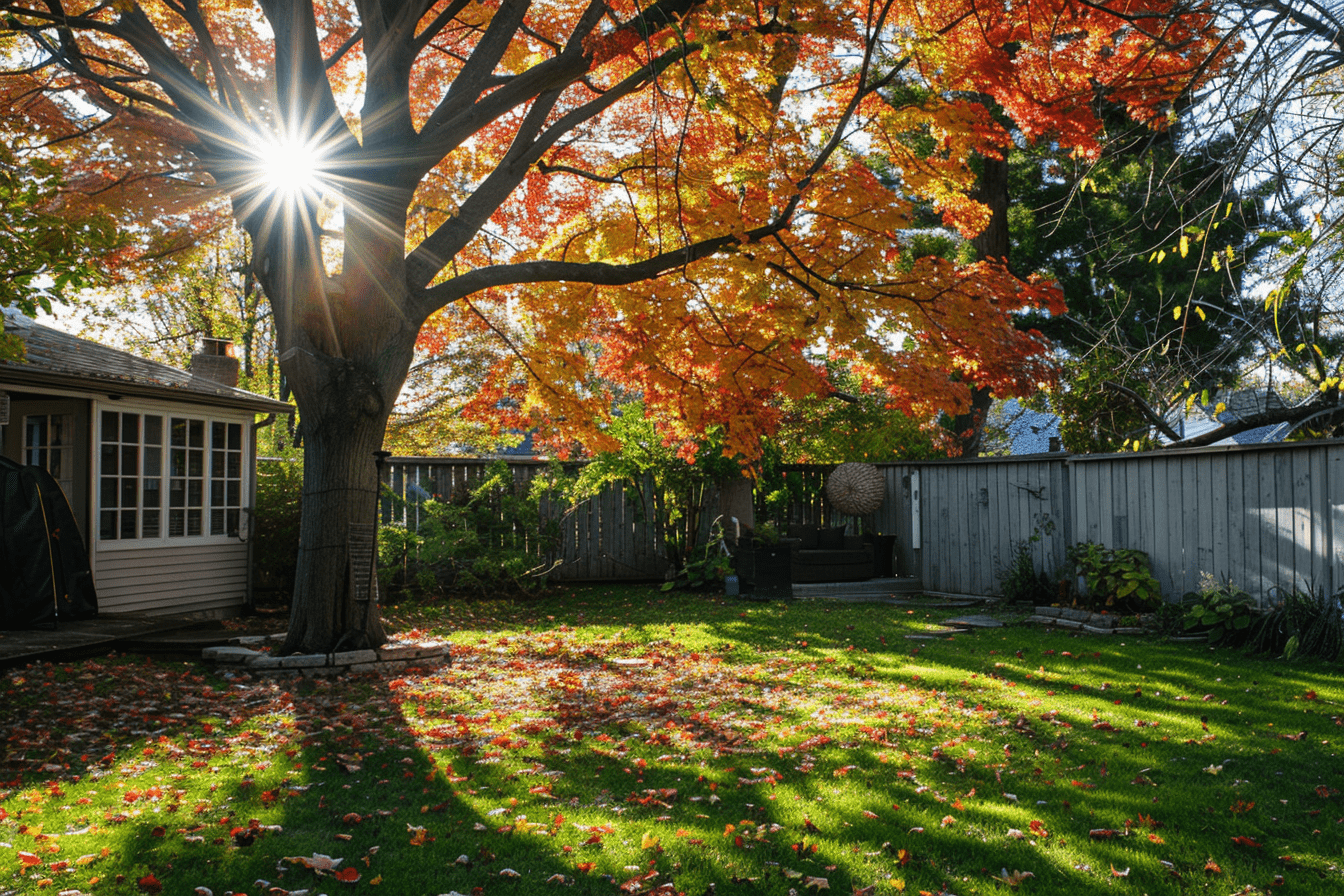
- Water/Sun: Moderate; full sun
- Hardiness Zones: 3-9
- Uses: Shade, ornamental
6. Thuja Green Giant – Evergreen Excellence 🌿
If you’re looking for speedy privacy, Thuja Green Giant is your go-to. Known for its rapid growth, this evergreen tree shoots up an impressive 3-5 feet annually.
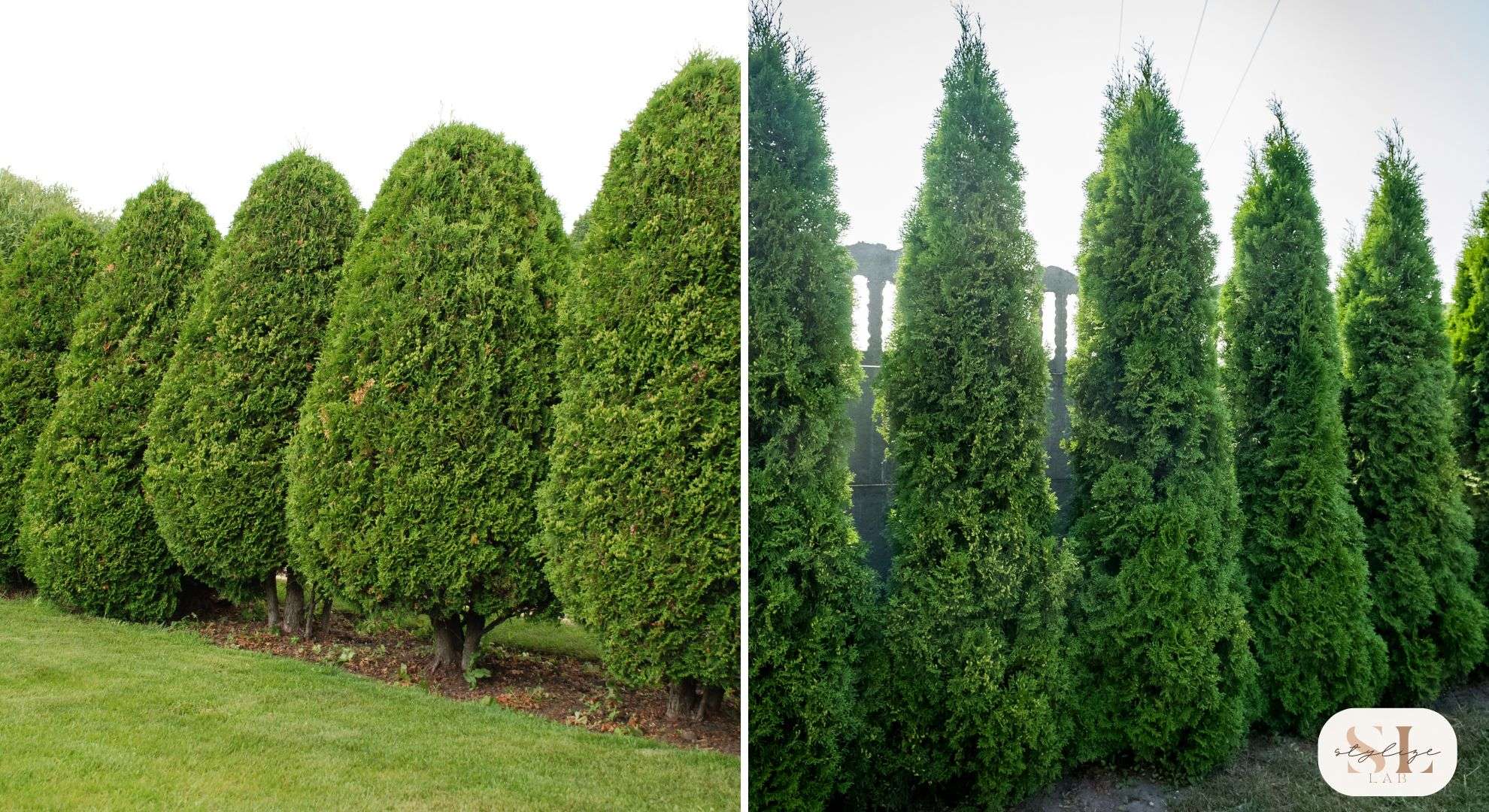
With its thick, lush foliage all year long, it’s ideal for creating privacy hedges or wind barriers with minimal fuss once it’s settled in.
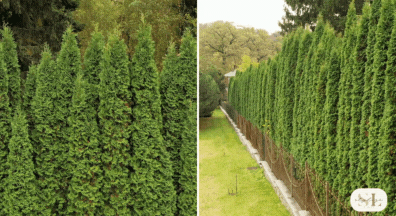
- Annual Growth Rate: 3-5 feet per year
- Mature Height/Spread: 50-60 feet tall, 12-20 feet wide
- Soil: Well-drained, slightly acidic
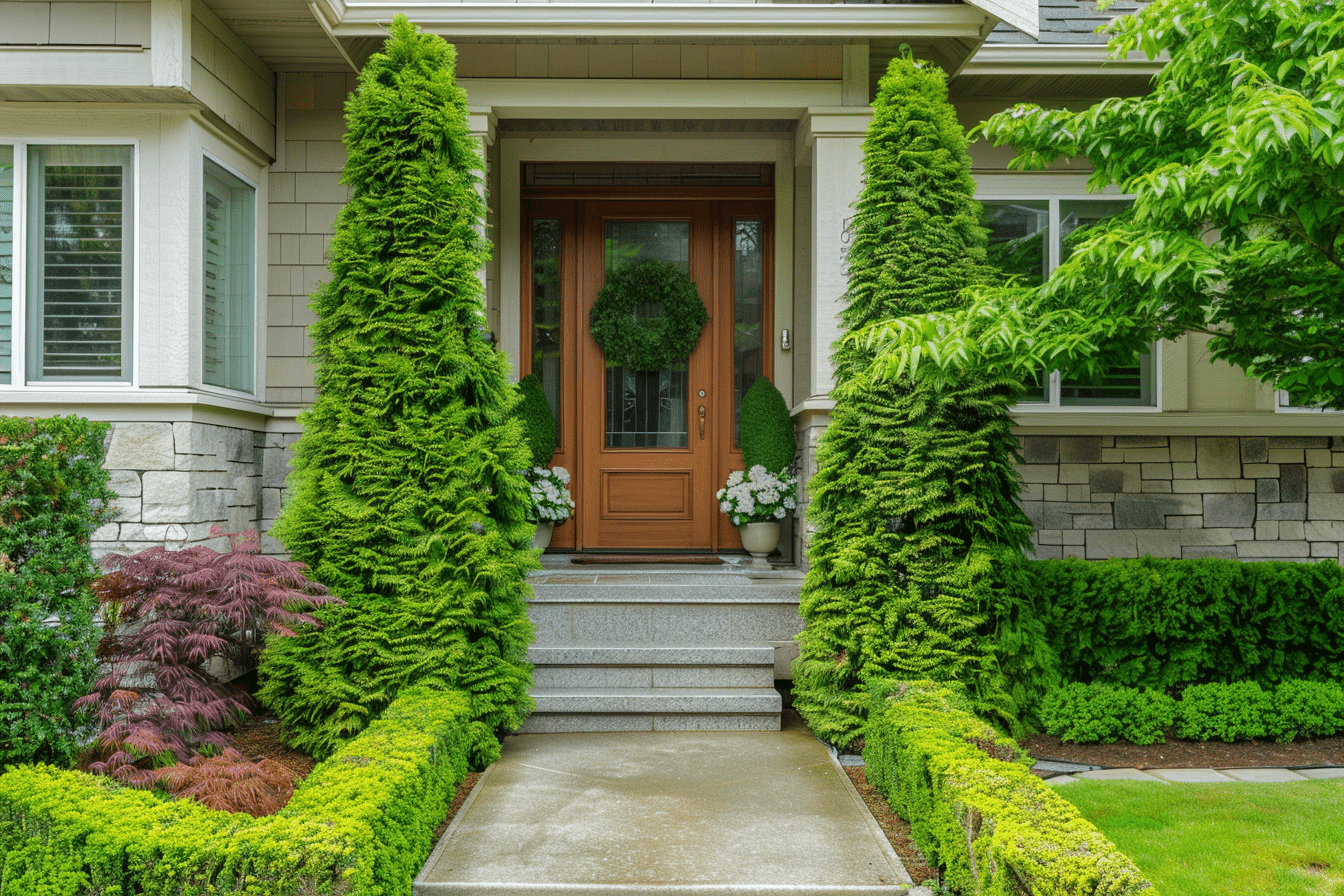
- Water/Sun: Moderate; full sun to partial shade
- Hardiness Zones: 5-9
- Uses: Privacy hedges, windbreaks
7. Quaking Aspen – A Trembling Choice 🍃
The Quaking Aspen spruces up your garden at a pace of 3-5 feet a year, enchanting onlookers with its delicate leaves that dance with even the gentlest breeze.
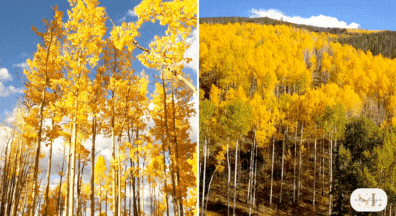
Good for bringing visual charm and a distinct texture, it’s a delightful addition to any garden space.
- Annual Growth Rate: 3-5 feet per year
- Mature Height/Spread: 20-50 feet tall, 10-30 feet wide
- Soil: Moist, well-drained
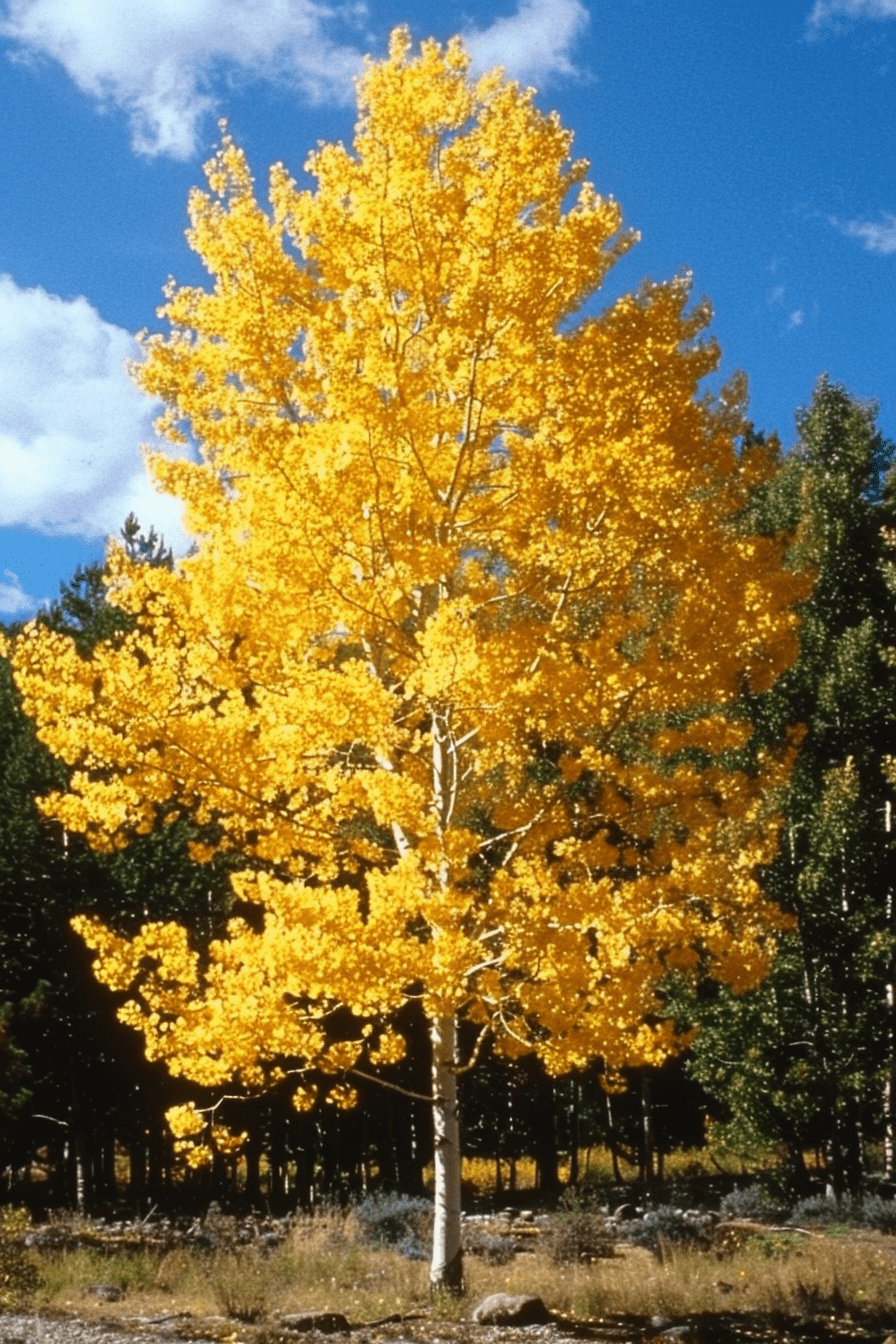
- Water/Sun: Moderate; full sun
- Hardiness Zones: 1-7
- Uses: Ornamental, naturalistic landscapes
8. Catalpa Tree – Shade in No Time 🌼
Catalpa trees, with their broad, heart-shaped leaves, grow rapidly—up to 3 feet annually—quickly creating perfect shade spots.
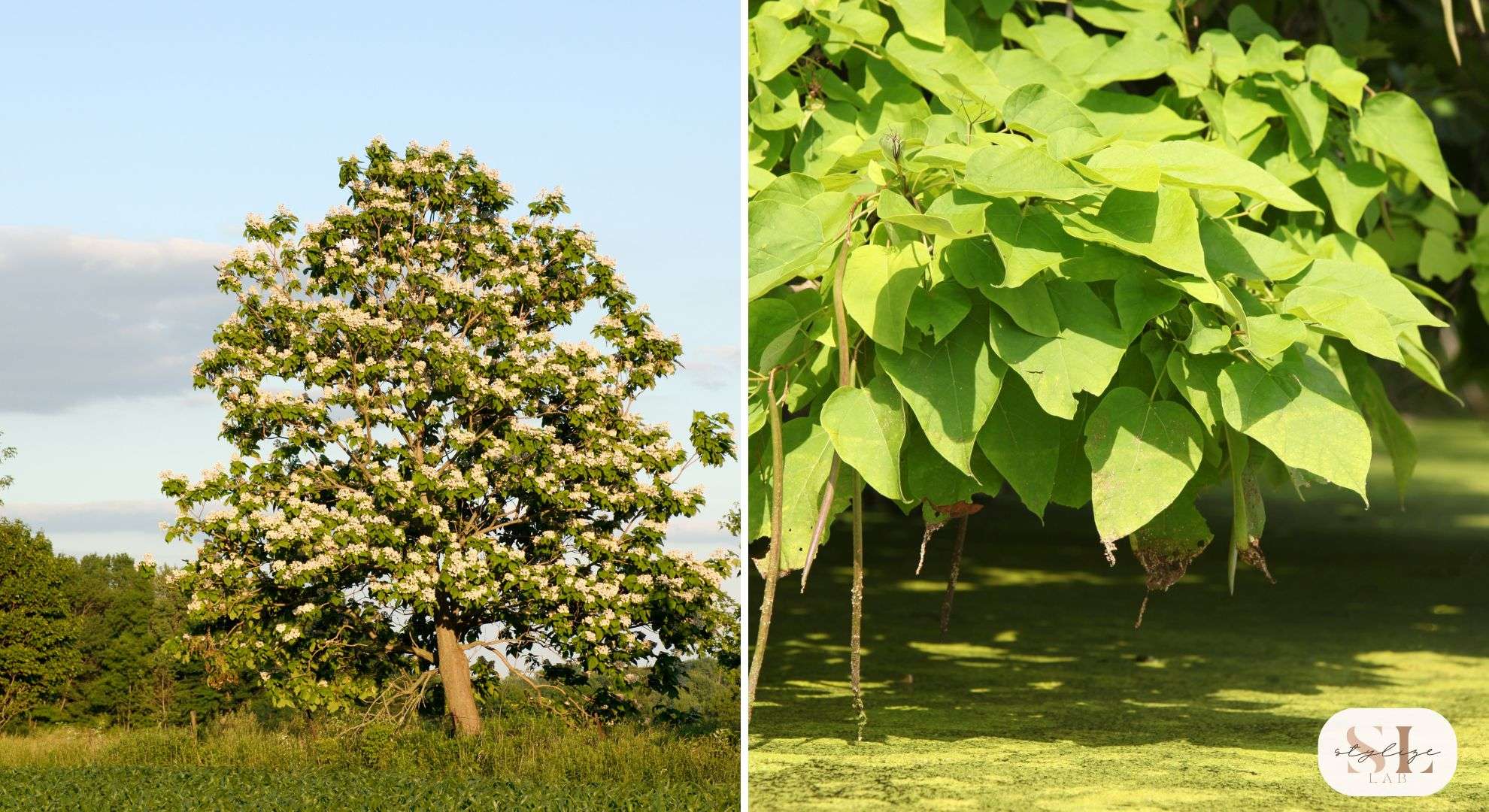
Besides offering ample cover, their lovely white blossoms can add charm to any garden.
- Annual Growth Rate: Up to 3 feet per year
- Mature Height/Spread: 40-60 feet tall, 20-40 feet wide
- Soil: Moist, well-drained
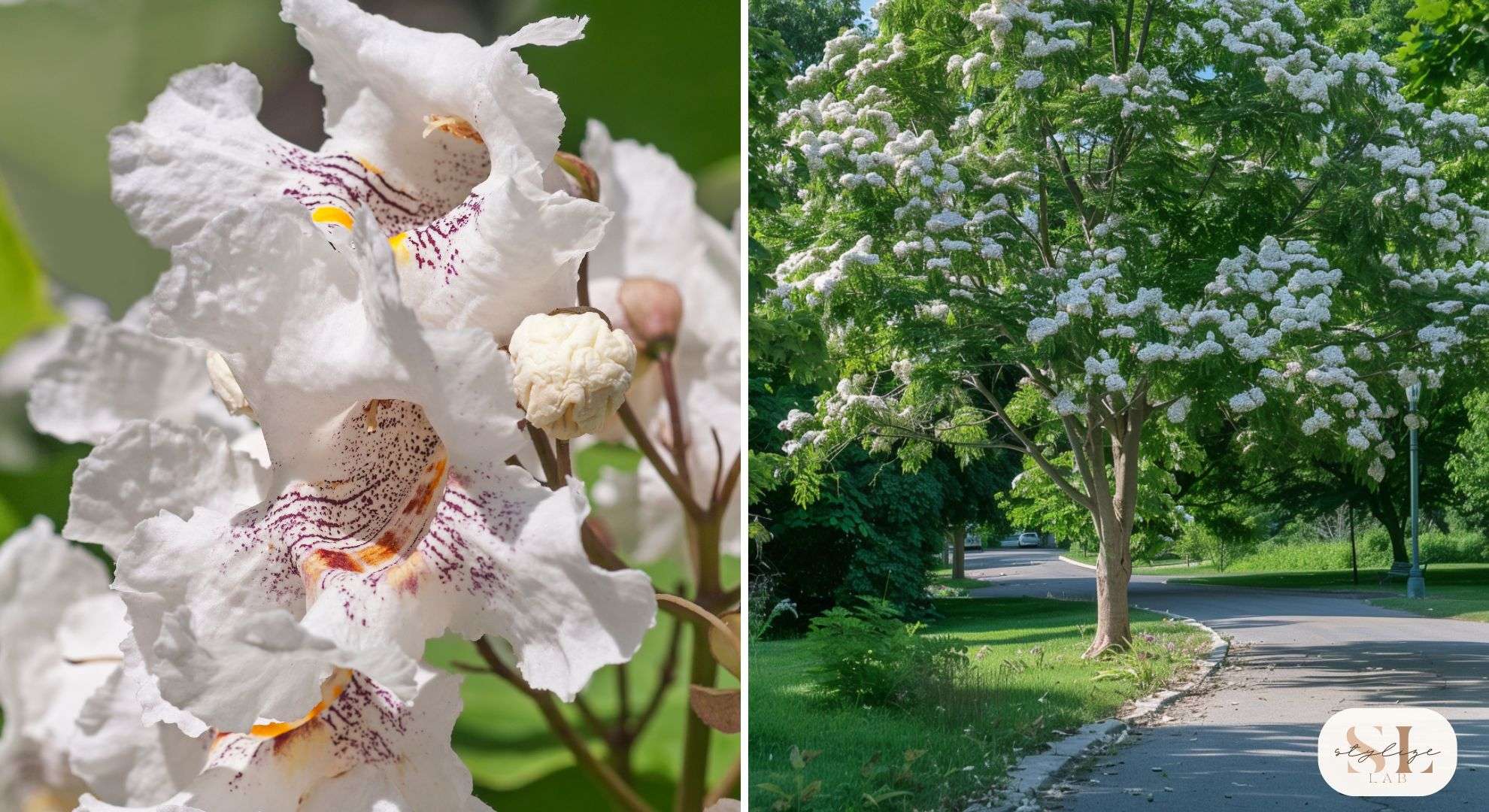
- Water/Sun: Moderate; full sun to partial shade
- Hardiness Zones: 4-8
- Uses: Shade, ornamental
Popular Fast-Growing Tree Species
When choosing a rapidly growing tree, it’s crucial to think about Why you need it.
Let’s see different options divided by main purpose: shade, privacy, aesthetic appeal and wood production.
For Shade
Hybrid Poplar
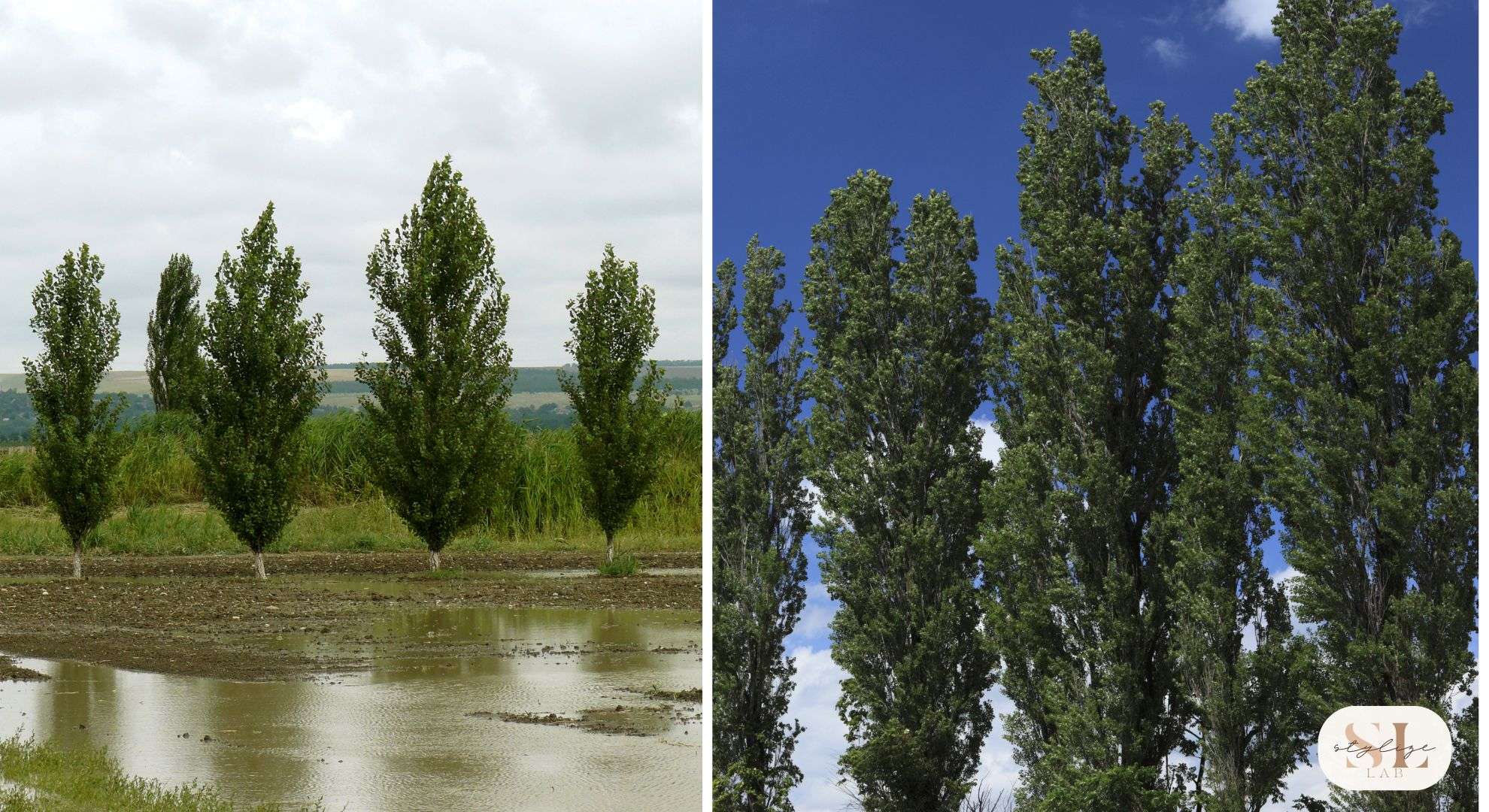
Growth Rate: Up to 5-8 feet per year.
Characteristics: Renowned for its swift growth and tall, upright stature, Hybrid Poplar is excellent for rapidly generating shade. This deciduous tree boasts broad leaves that provide substantial coverage.
Weeping Willow
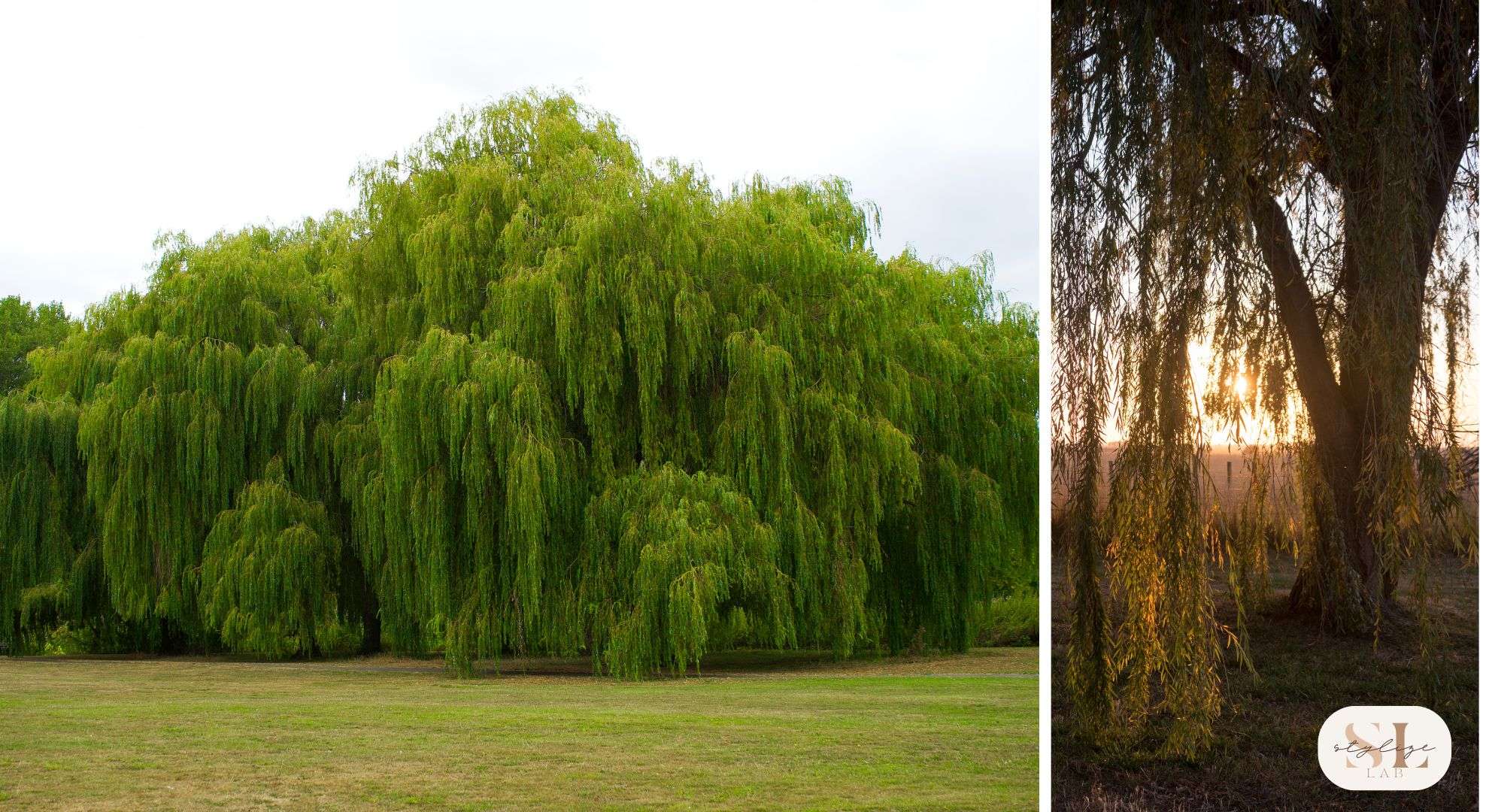
Growth Rate: 3-8 feet per year.
Appearance: Sporting long, flowing branches, these willows form a graceful canopy, making them a captivating choice for those in need of shade. They’re best known for their picturesque, hanging limbs.
Perks: They thrive in damp environments, so they’re an excellent pick for areas near water.
Northern Red Oak
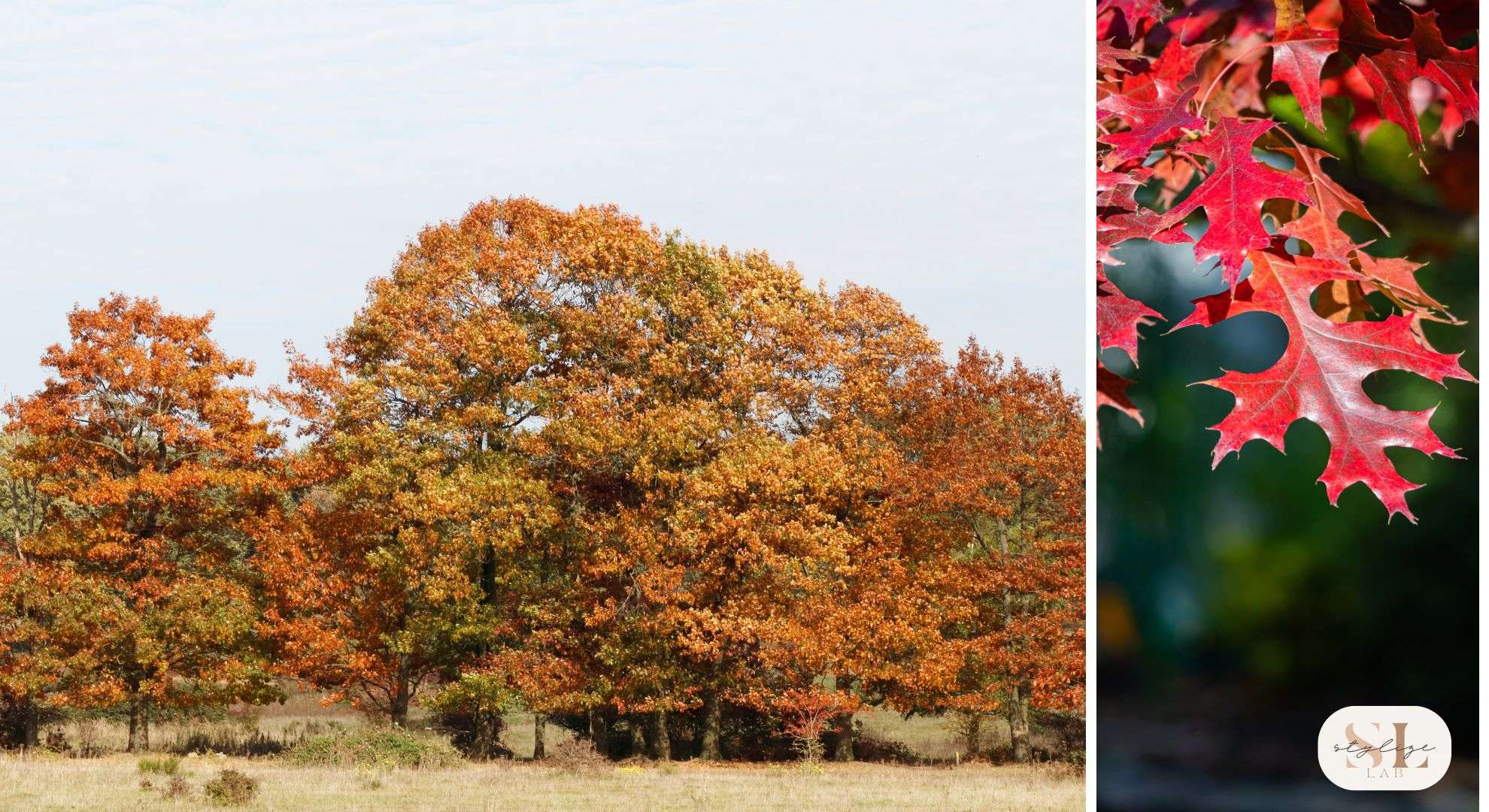
Growth Rate: About 2 feet per year ~
Characteristics: A robust choice for shade, with a broad spread and strong branches. It’s a long-lived tree that provides dense foliage.
Advantages: highly durable and can thrive in various climatic conditions.
For Privacy
Emerald Green Arborvitae
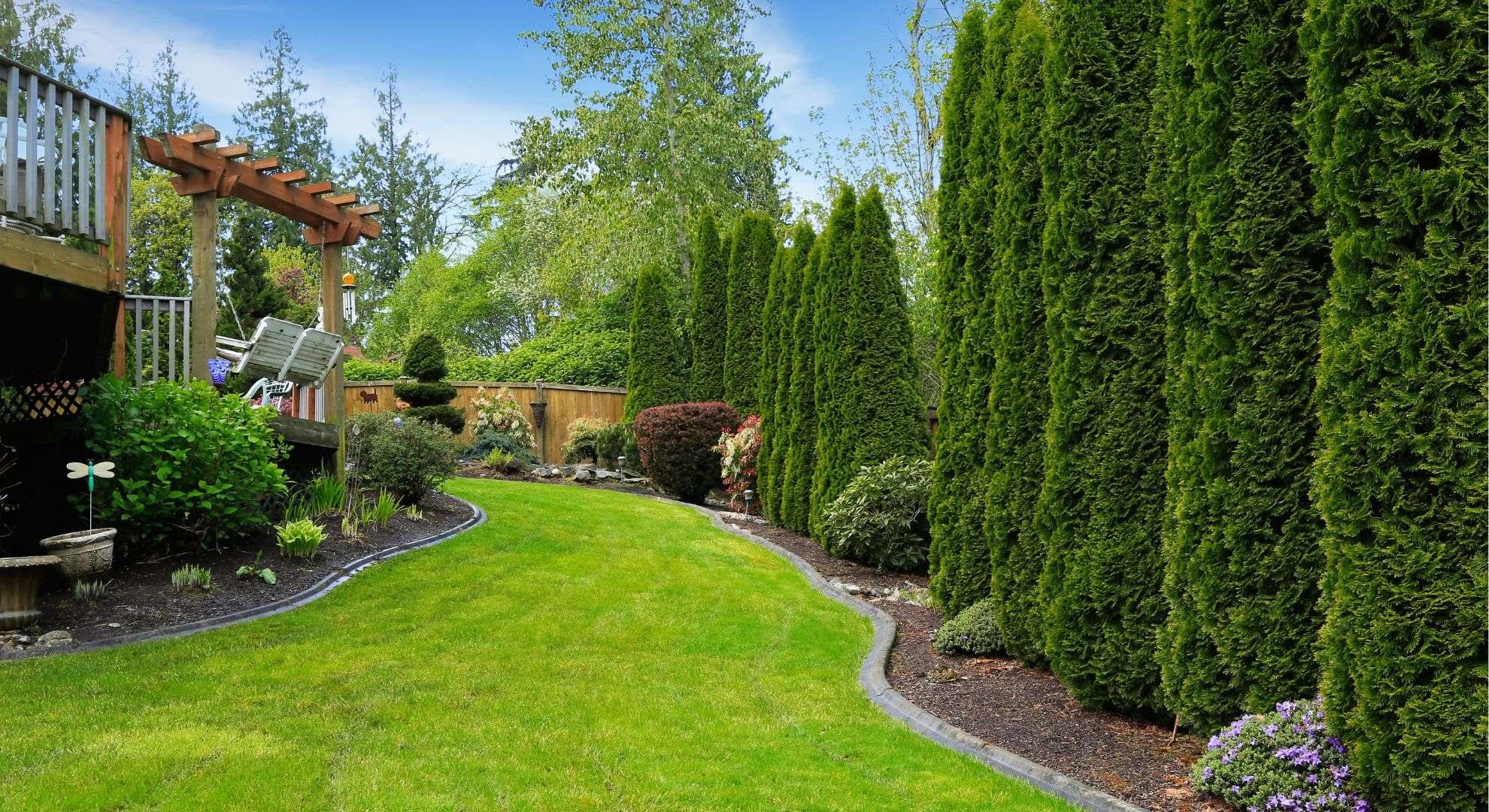
Growth Rate: About 1-2 feet per year.
Characteristics: perfect for smaller spaces due to their slender form. Offer excellent privacy due to their dense, green foliage.
Advantages: Minimal maintenance required, resistant to many pests and diseases.
Bamboo 🌿🐼
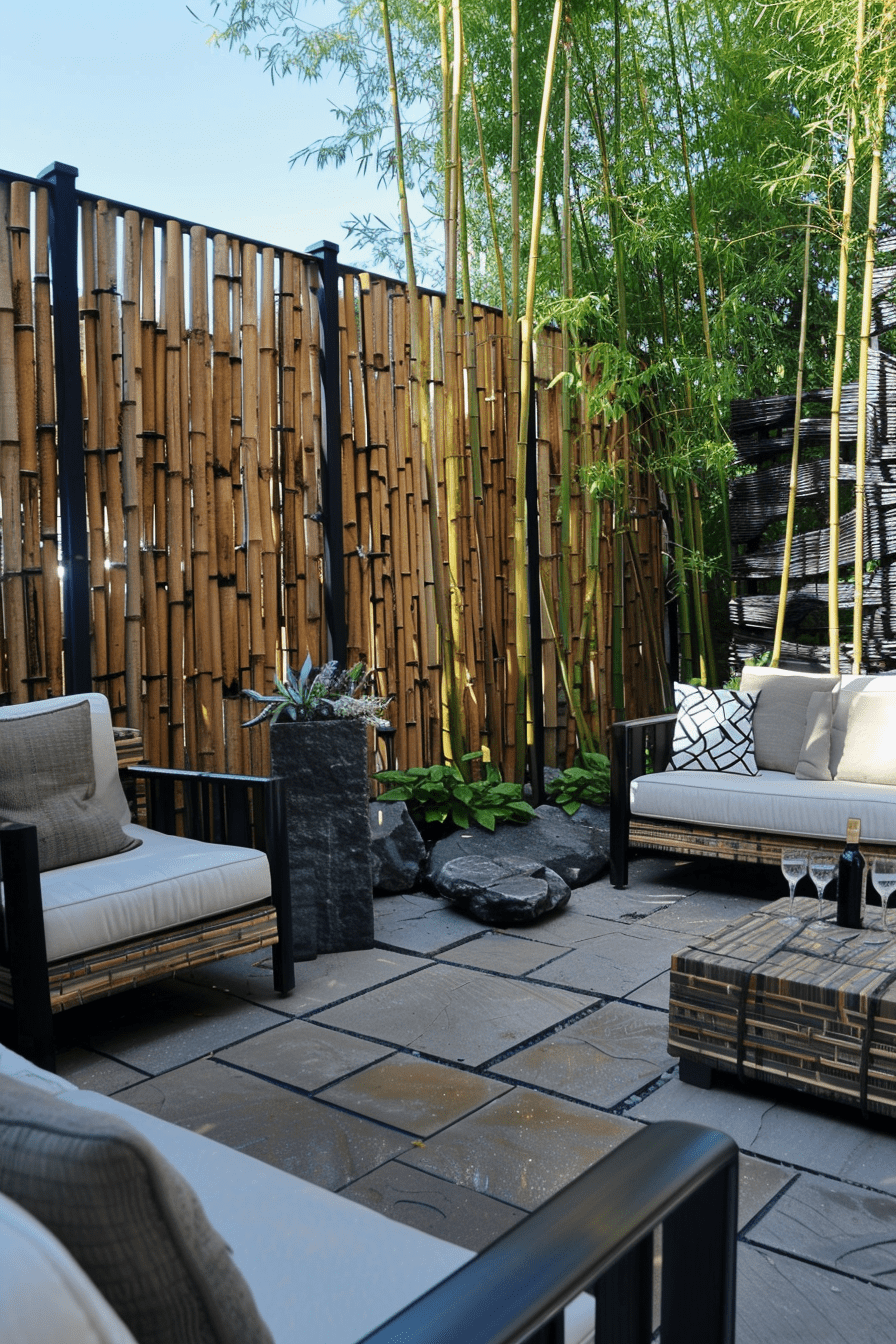
Growth Rate: Up to 3 feet per day in optimal conditions (yeah, can grow 91 cm (36 inches) within a 24-hour period), particularly the “running” varieties.
Characteristics: Known for their rapid growth and height, bamboo provides an effective, natural barrier. 🛡️
Advantages: Highly flexible use in landscapes, provides a unique aesthetic.
Leyland Cypress
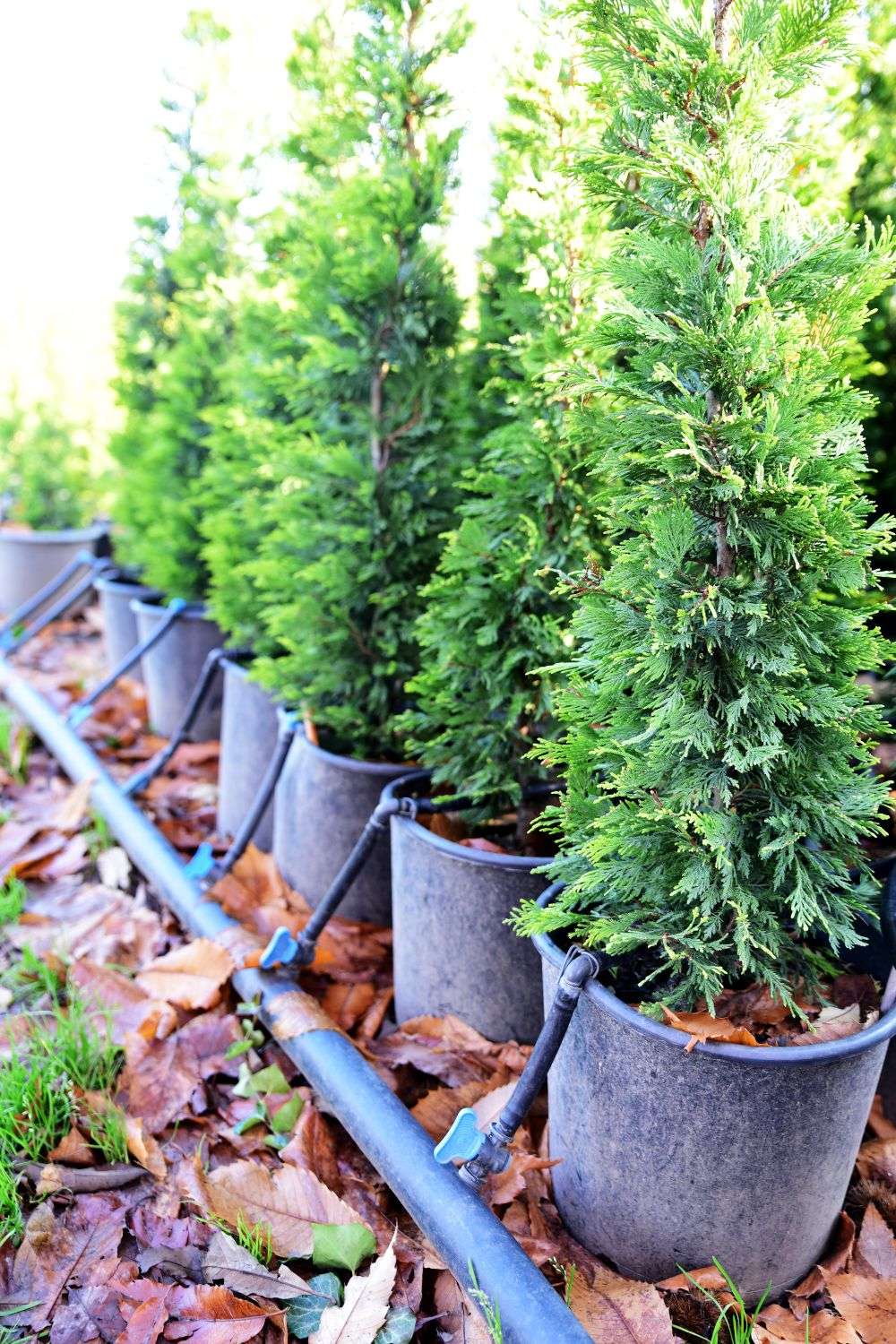
Growth Rate: 3-5 feet per year.
Characteristics: Good privacy screens and windbreaks due to their dense foliage and tall, narrow form. One of the fastest-growing conifers.
Advantages: Evergreen, providing year-round coverage.
For Ornamental Uses
Red Maple
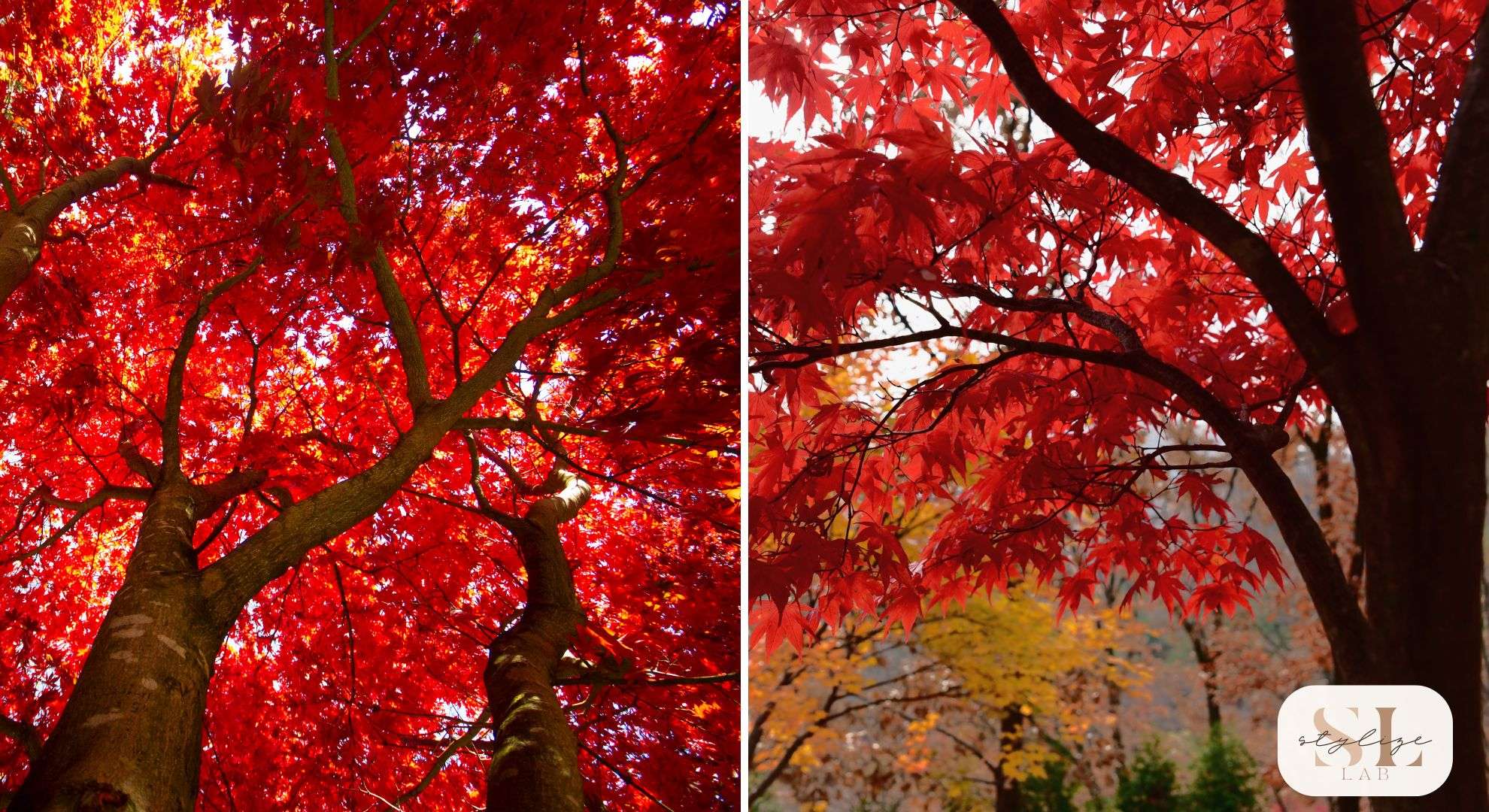
Growth Rate: Approximately 3-5 feet per year.
Charm: Renowned for its dazzling red leaves in autumn, the Red Maple brings great beauty to any garden. Plus, it features a rounded crown. 🍁
Perks: Handles various soil conditions with ease, making it quite adaptable.
Eastern Redbud
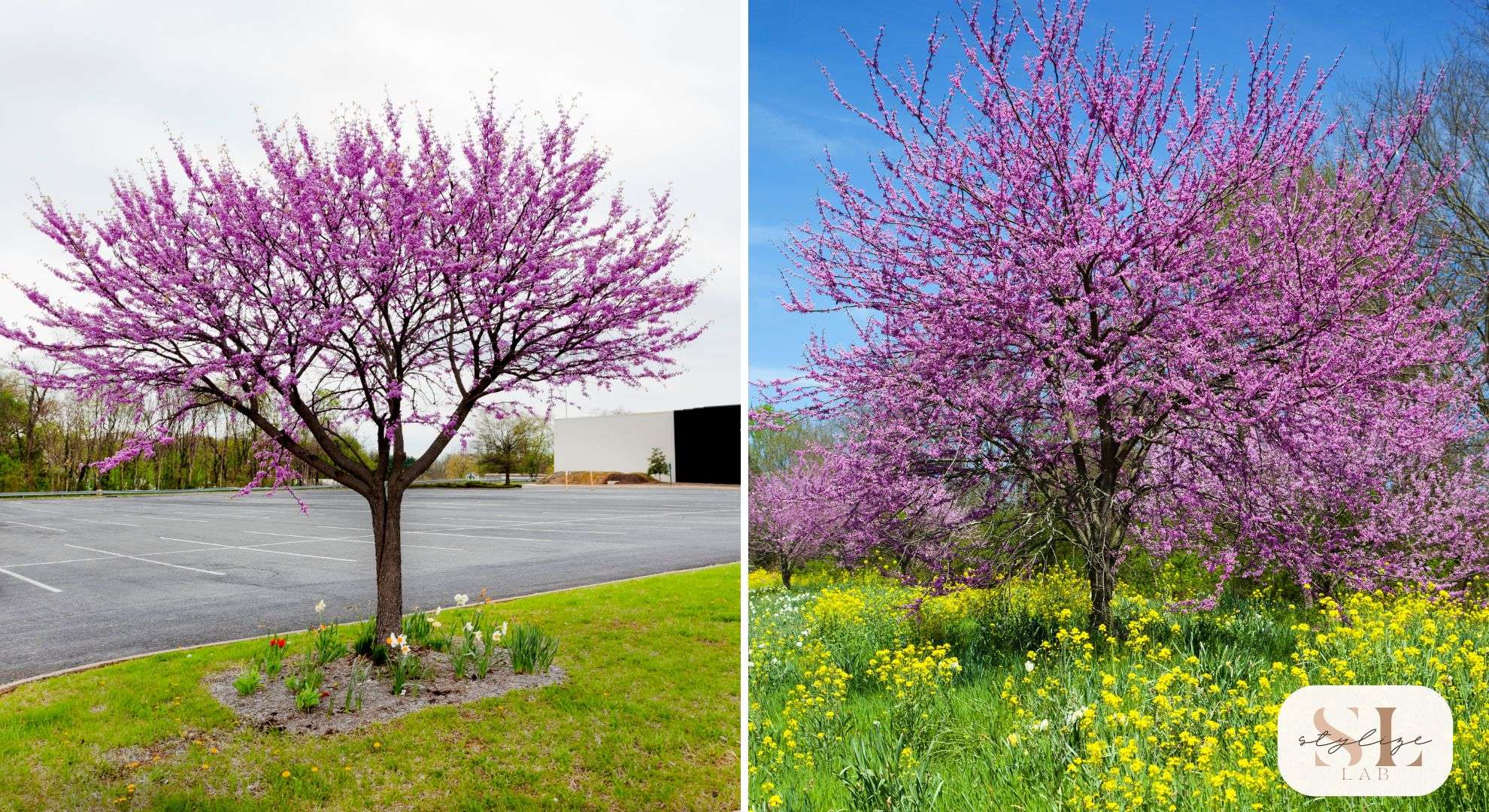
Growth Rate: 1-2 feet per year.
Characteristics: Famous for its stunning springtime blossoms in pinks and purples, the Eastern Redbud is a smaller tree but delivers a strong visual impact.
Advantages: Can adapt to different soil types, even clay.
For Timber
Eucalyptus
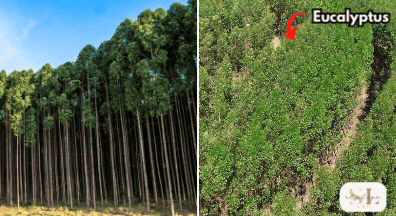
Growth Rate: Shoots up 6-12 feet a year, depending on the type.
Characteristics: Known for their rapid, vertical growth, these trees are a go-to in the timber and paper world.
Advantages: Drought-friendly and pays off quickly in timber return.
Paulownia
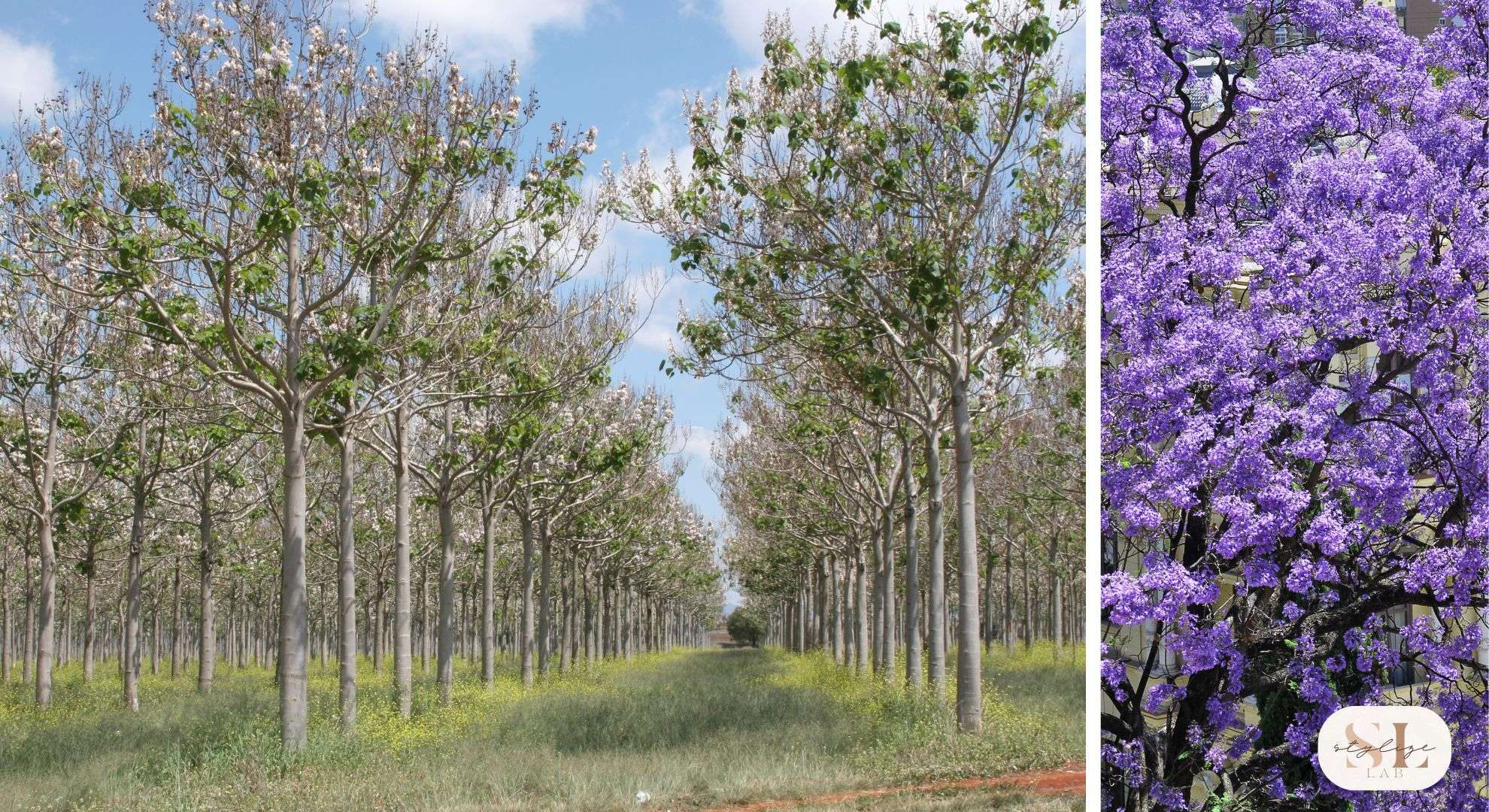
Growth Rate: Climbs 10-15 feet a year
Characteristics: Also called “Empress Tree.” It stands out with big leaves and lovely purple blooms. The wood is prized for being lightweight and strong.
Advantages: Ready to cut in just 10 years and helps to enrich soil thanks to its nitrogen-fixing.
Poplar
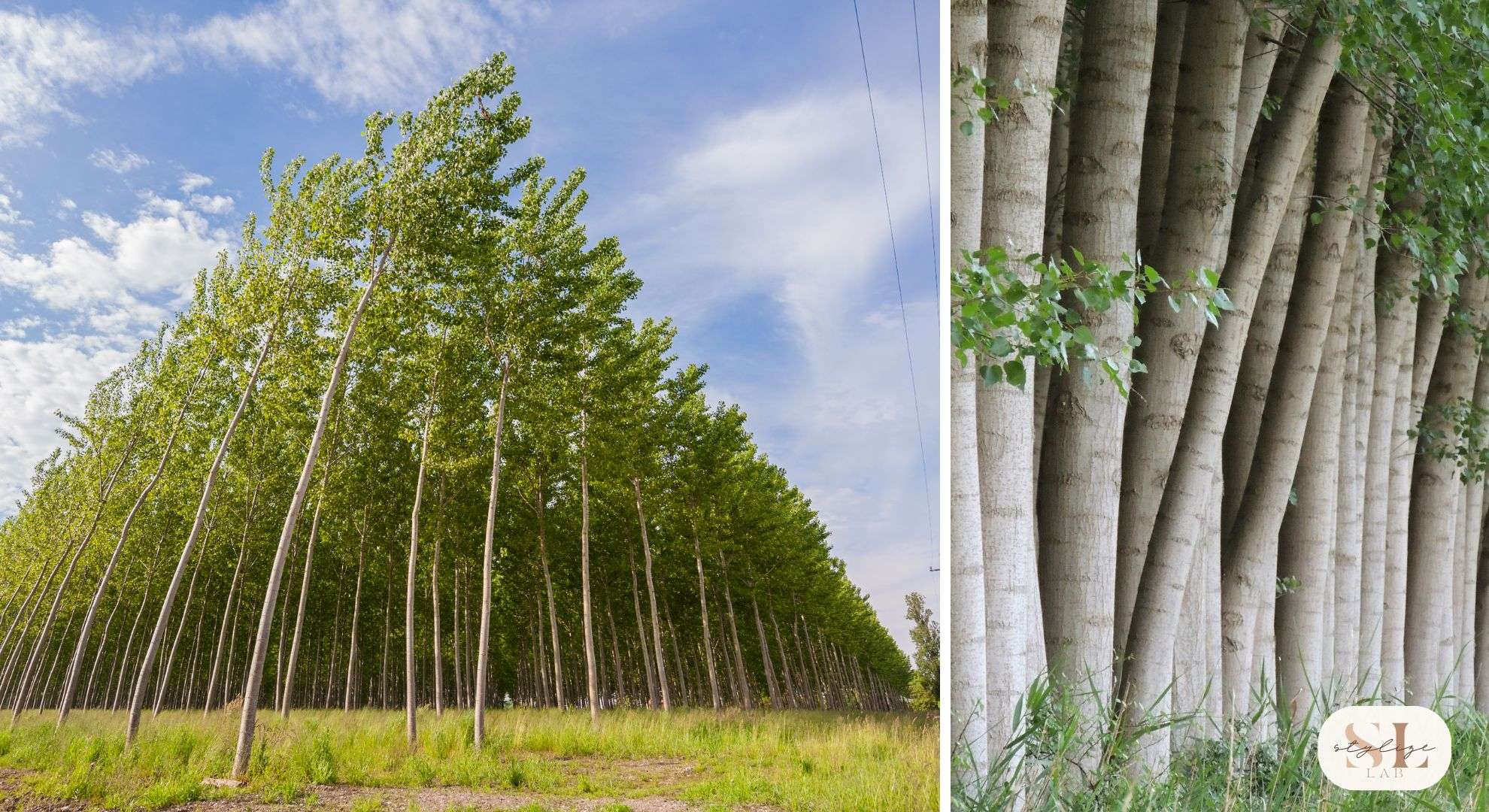
Growth Rate: Grows about 5-8 feet annually
Characteristics: A popular pick for timber because of its fast growth and straight trunks. Perfect for construction and paper.
Advantages: Grows well in many soil conditions and is often featured in agroforestry projects.
Things to Think About Before Planting
Fast-growing trees can bring many advantages, but making sure they thrive requires thoughtful planning.
🤔Let’s break down the key points:
Understand Your Climate and Hardiness Zones
USDA Hardiness Zones: Find out your region’s USDA Hardiness Zone, which gauges the typical minimum winter temperature. Fast-growing trees have varied adaptability to zones.
Eg., a Leyland Cypress. does well in Zones 6-10, while a Hybrid Poplar is better for Zones 3-9.
What is a Hardiness Zone?🆔
A Hardiness Zone is a geographic area where particular plant types can grow, factoring in the area’s climate, mainly its average minimum winter temps.
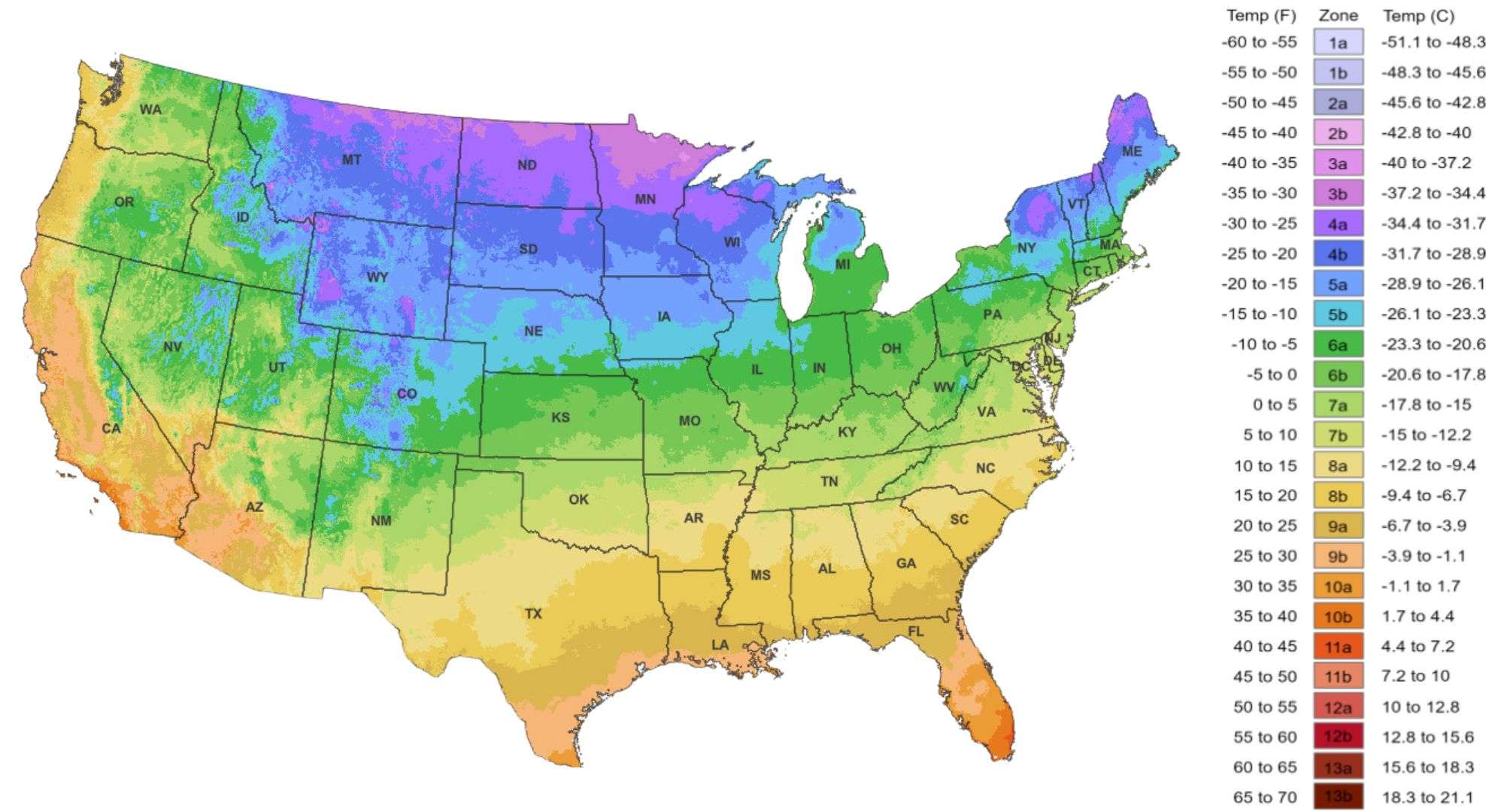
The USDA Plant Hardiness Zone Map divides North America into 13 zones, each representing a 10-degree Fahrenheit range. Helping which plants are most likely to thrive in their locale.
Temperature Extremes: Take note of the local highs and lows; these shifts can impact your tree’s well-being.
Trees like the Hybrid Poplar are adaptable to various temperatures, while others, such as specific Bamboo types, don’t fare as well with extremes.
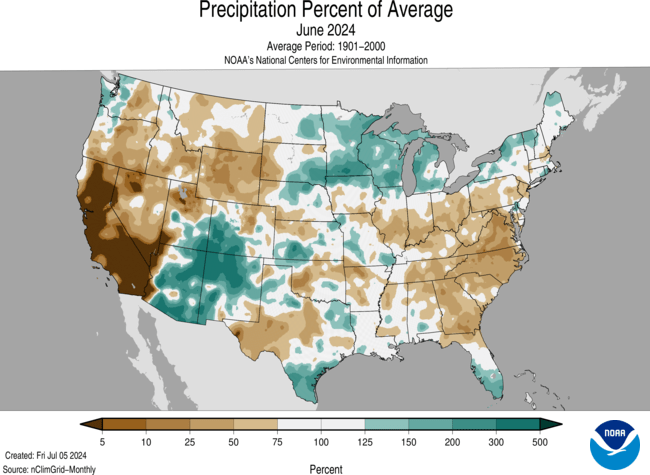
Precipitation Patterns: Check the yearly rainfall and make sure it matches what your tree needs.
Trees like the Weeping Willow prefer wet conditions, while Eucalyptus trees can cope with drier climates.
Soil Requirements
The dirt you plant your trees in seriously impacts how well they thrive:
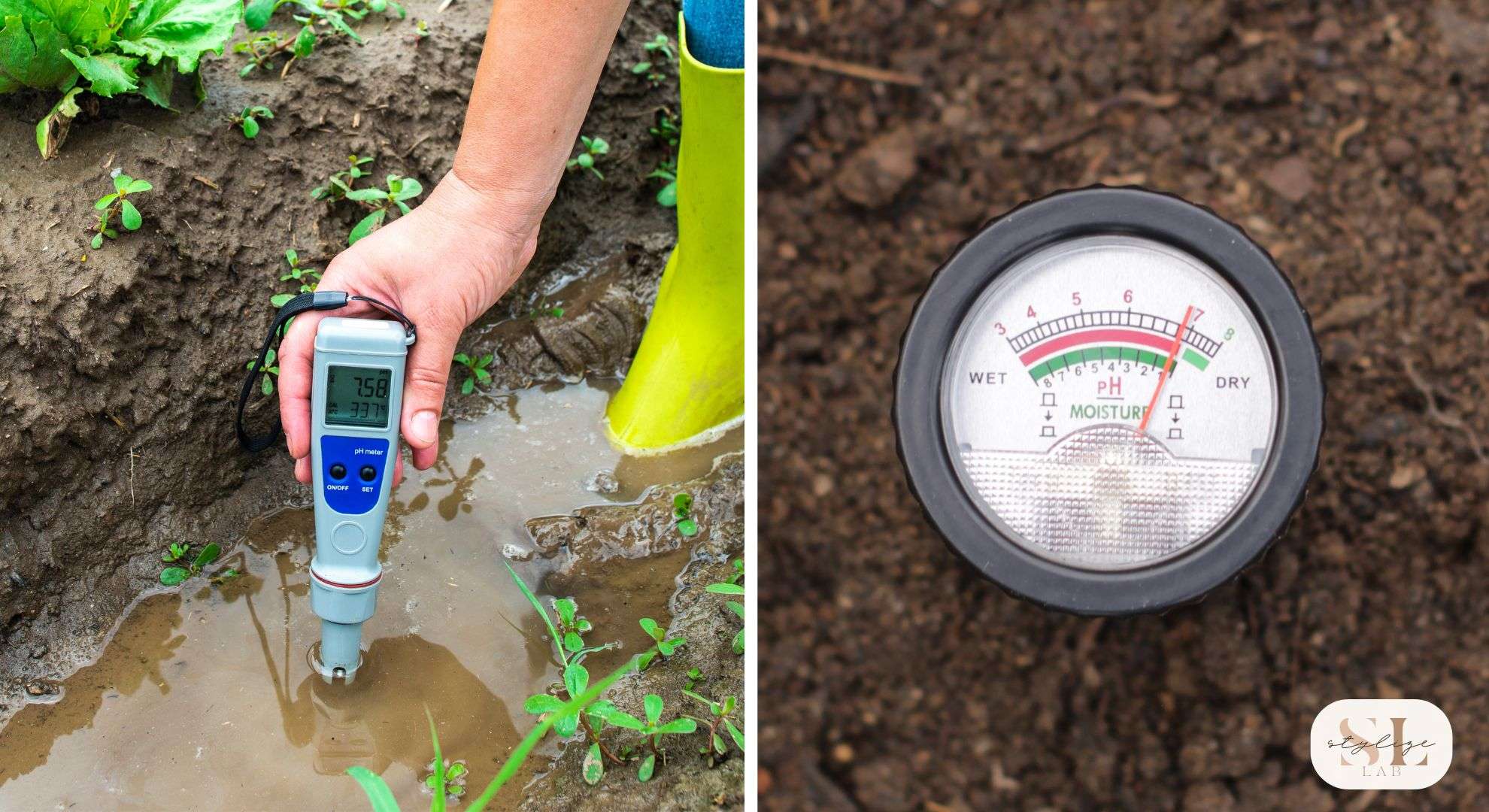
Soil Acidity: Make sure the acidity level is right for your specific tree. Most trees like slightly acidic to neutral ground (with a pH around 6.0-7.0).
Eg.: Red Maples are fans of a bit more acidic soils.
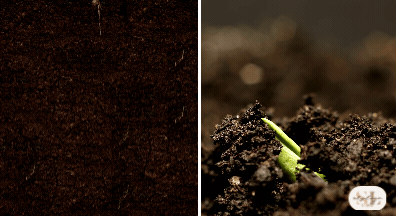
Soil Makeup: The mix of clay, silt, and sand in the soil changes how water drains and roots grow.
Usually, fast-growing trees do better in soil that drains well, though there are exceptions like the Red Maple that can handle wetter, heavier soils.
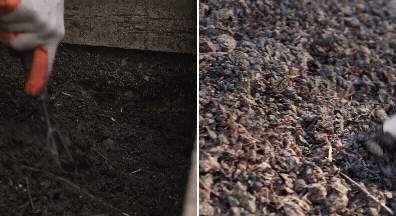
Getting Soil Ready: Before popping your tree in the ground, beef up the soil with some compost or other organic stuff.
This boosts its structure, gives it more air, and ups its nutrients. Plus, keeping the soil free of weeds helps cut down competition for those tree resources.
Watering Needs
Proper watering is vital, especially for newly baby planted trees as they establish their root systems:
Initial Watering: 💧Newly baby planted trees require frequent, consistent watering until they establish. This could involve watering deeply once or twice a week, ensuring the soil remains moist but not waterlogged.
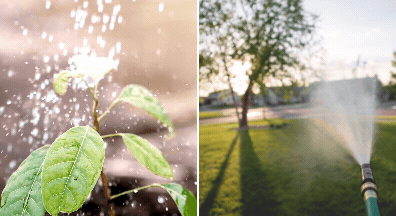
Mature Trees: Now, once established, watering frequency can be reduced.
But don’t worry to much, after they have grown up many fast-growing trees are drought-tolerant (e.g., Eucalyptus) but may still benefit from occasional deep watering during dry spells.
Space (beware)
Considering space is essential not only for the tree’s growth but also for the safety and health of surrounding structures and plants:
Roots Spread Out: Trees that grow quickly often send their roots far and wide.
To avoid giving future you a major headache, plant them away from things like sidewalks, driveways, house foundations, or buried utility lines (FYI, Weeping Willows are notorious for their aggressive root systems).

Canopy Coverage: Be sure there’s enough space vertically and horizontally for the tree’s adult canopy. Crowded trees can end up with poor air flow, more diseases, and stunted growth. ⬅️⬆️➡️
Avoid Conflicts: Do not plant trees too close to buildings, power lines, or other trees. For instance, Leyland Cypress trees grow really tall and should be nowhere near power lines.
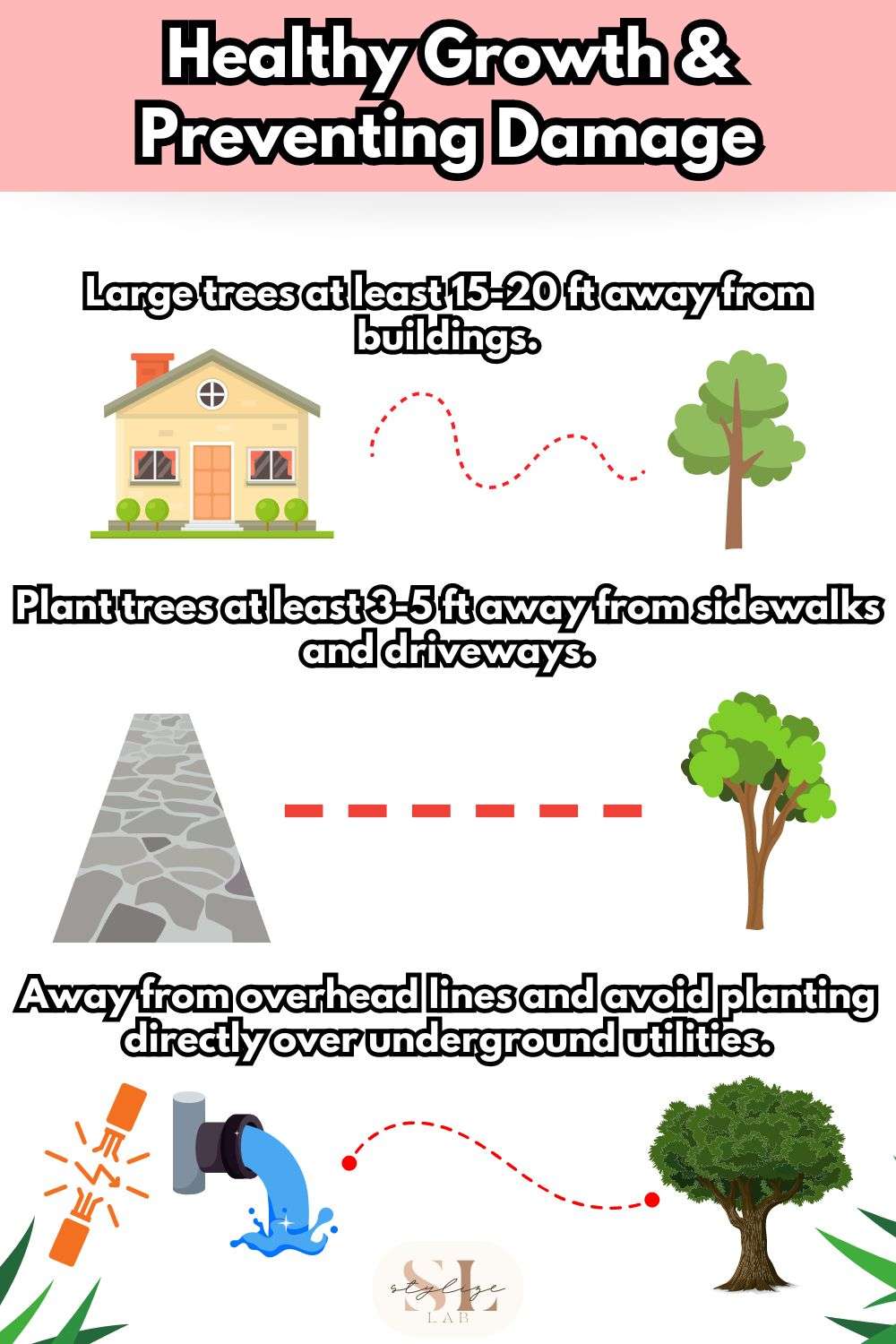
Plants and Trees: Certain trees, like Black Walnut, give off chemicals that prevent nearby plants from growing well. Double-check that new trees won’t mess with your existing greenery. ✅
FAQs
What’s the best time of year to plant fast-growing trees?
The ideal time to plant trees is during their dormant season, which usually falls in the autumn after leaf drop or in the early spring before bud break.
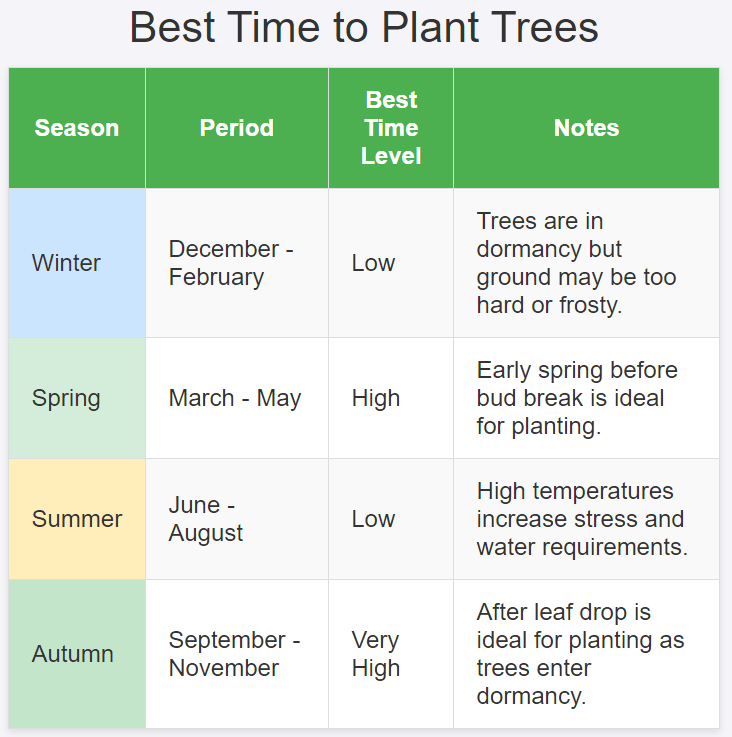
Planting during these times minimizes stress on the trees and allows them to establish their root systems before the growing season starts.
How long do fast-growing trees live?
They typically have shorter lifespans, like Hybrid Poplar living 30-50 years, unlike slower-growing trees such as oaks that can live for centuries.
But don’t worry, their quick benefits, like immediate shade, are highly valuable. 👍
How fast is “fast” for tree growth?
Fast-growing trees usually grow over 2 feet per year avg.. Species like Hybrid Poplar can add 6 to 8 ft/year under optimal conditions, depending on factors like soil, climate, and care.
Can fast-growing trees be grown in pots?
Yeah, especially dwarf varieties or trees with controlled growth like Dwarf Eucalyptus and some Bamboo species.
However, they may need frequent repotting and might eventually require planting in the ground.
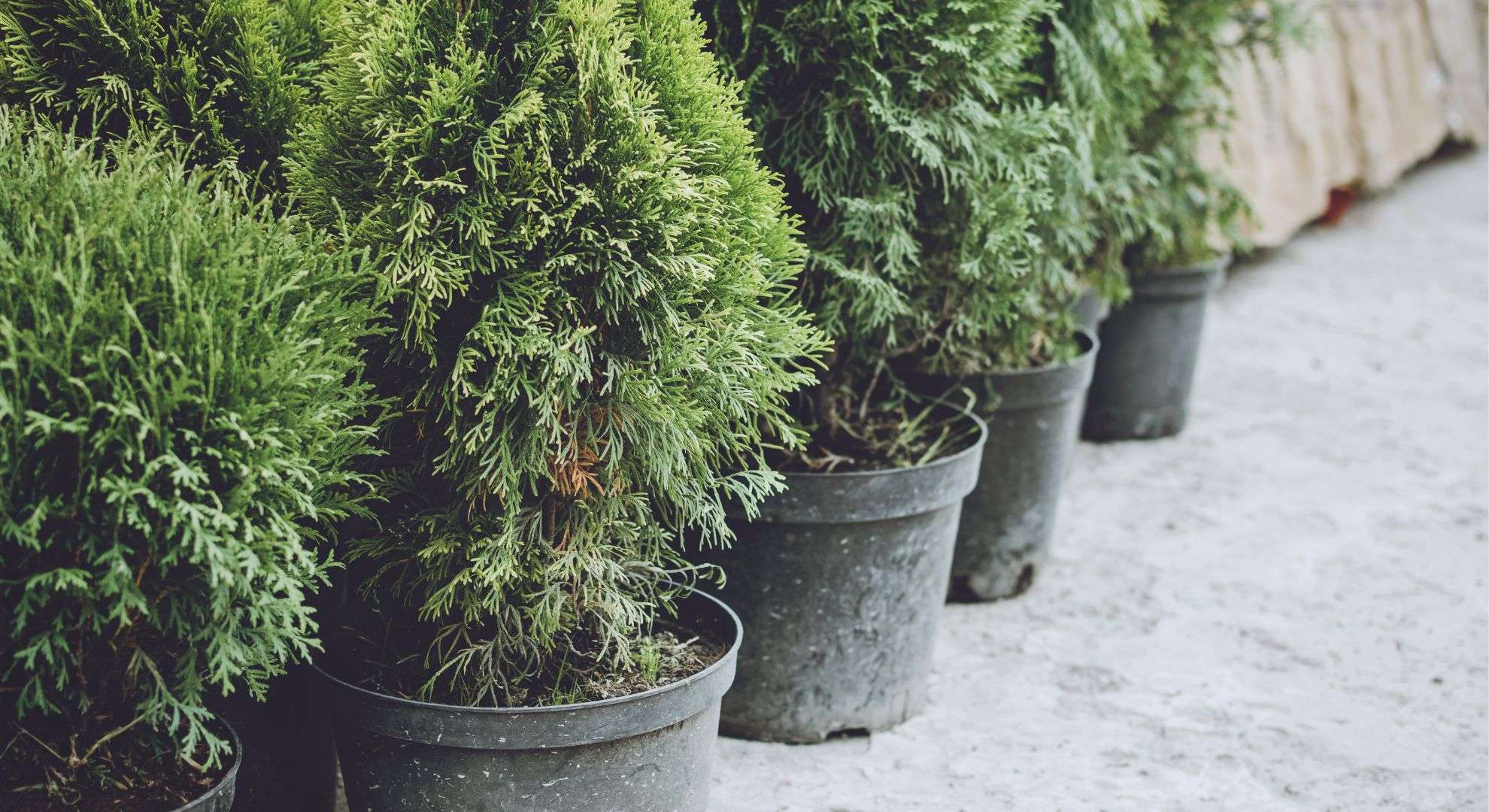
How much space should I allocate for these trees?
Ensure plenty of space for growth. Larger trees need at least 20-30 ft from structures, power lines, and other trees to avoid overcrowding and ensure proper sunlight, air circulation, and root expansion.
Do fast-growing trees have invasive roots?
Yes, many do. Species like Weeping Willow and certain Bamboos have invasive roots that can disrupt sewer lines, foundations, and pavements. Plant them far from buildings and utilities to avoid issues.

